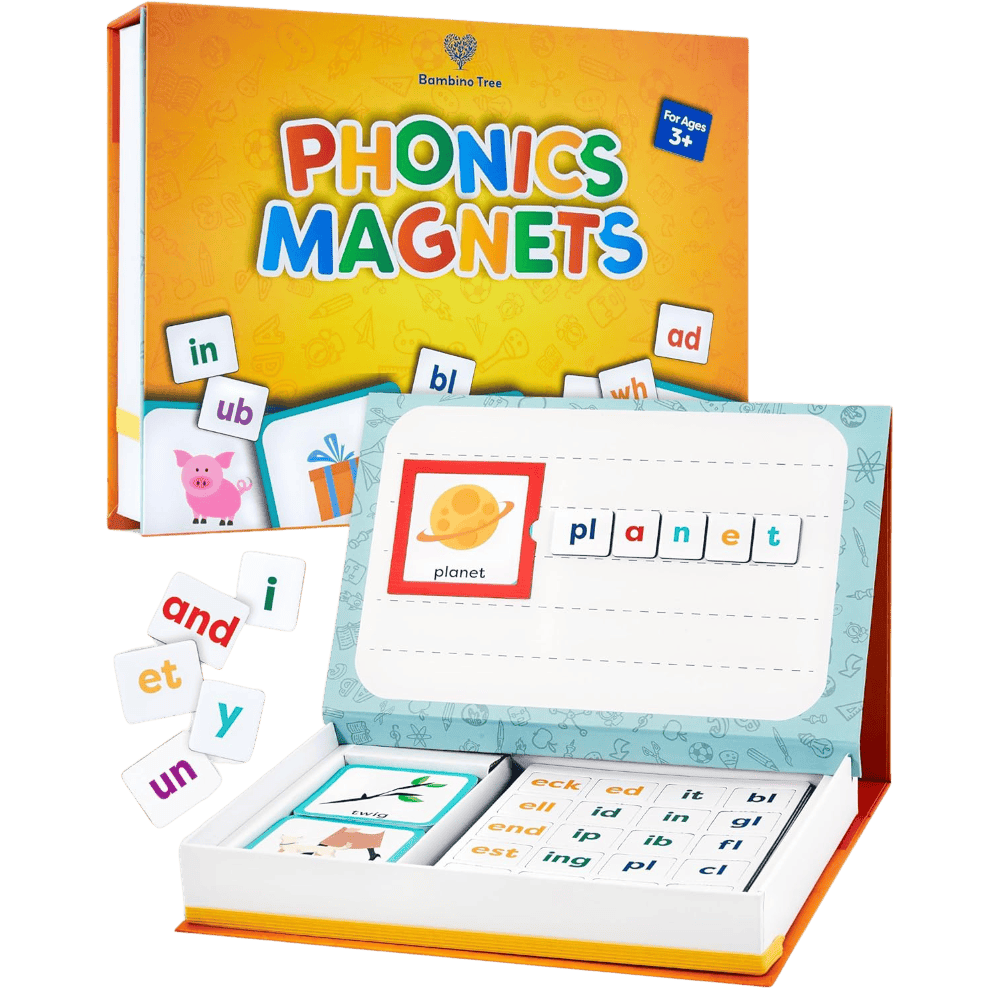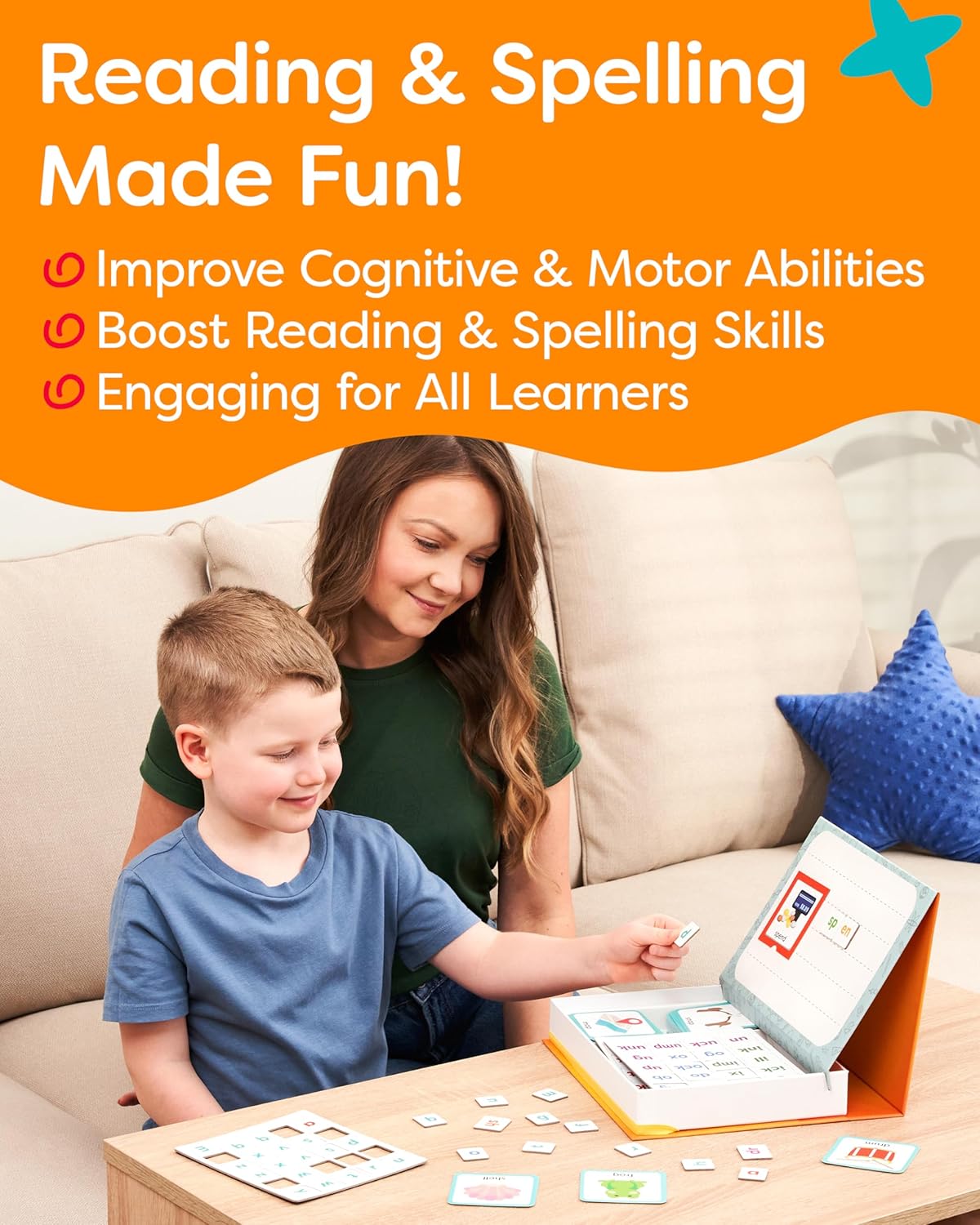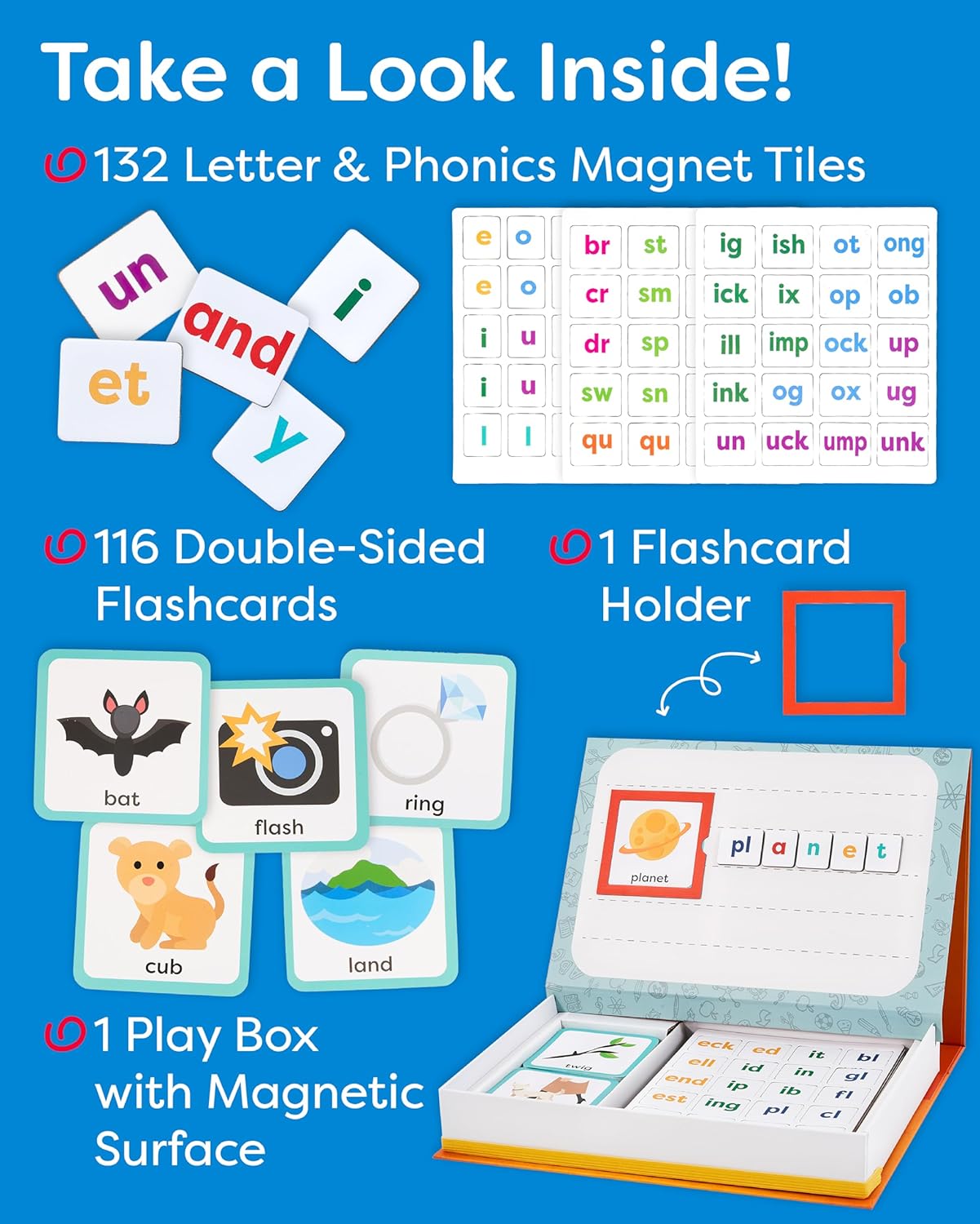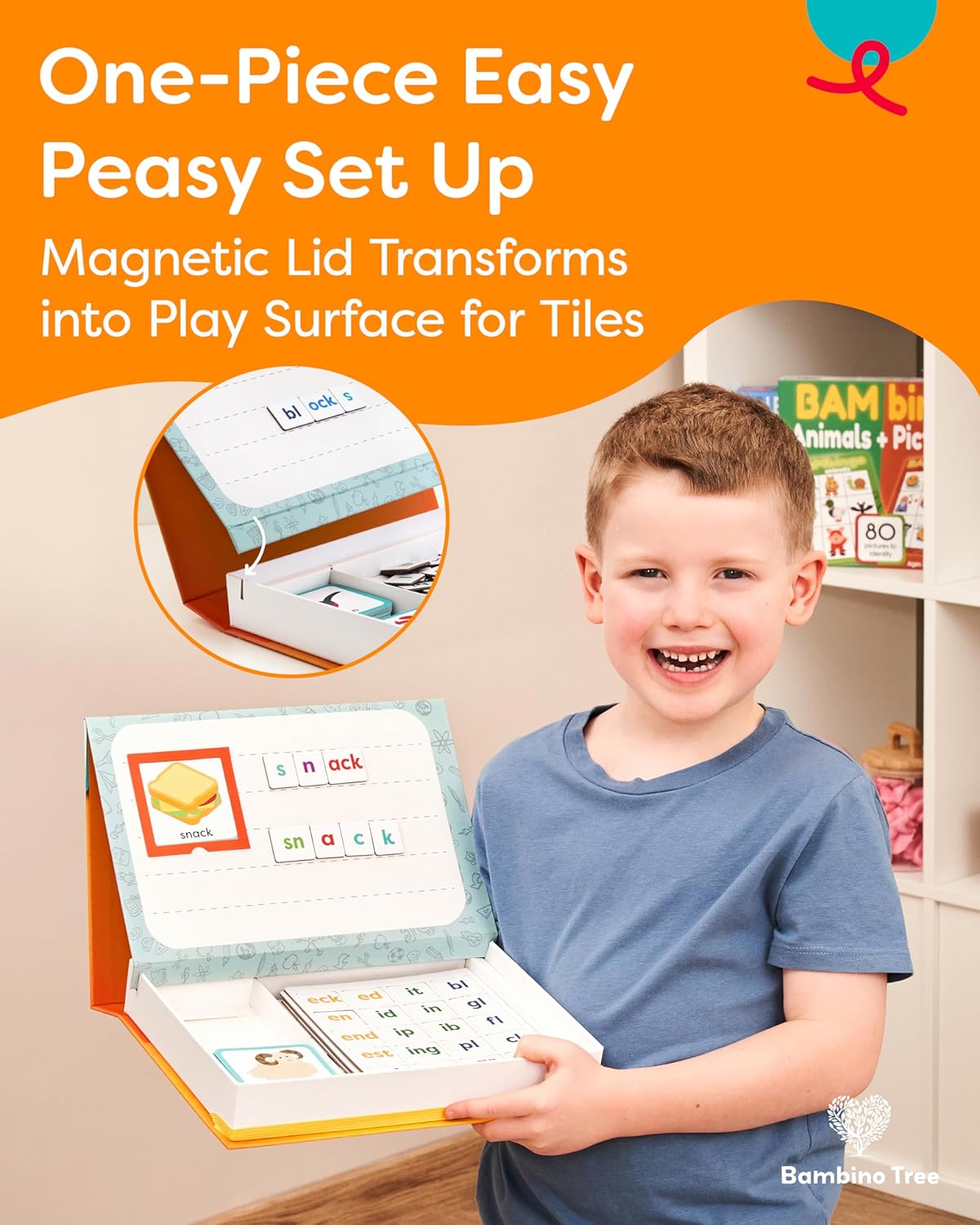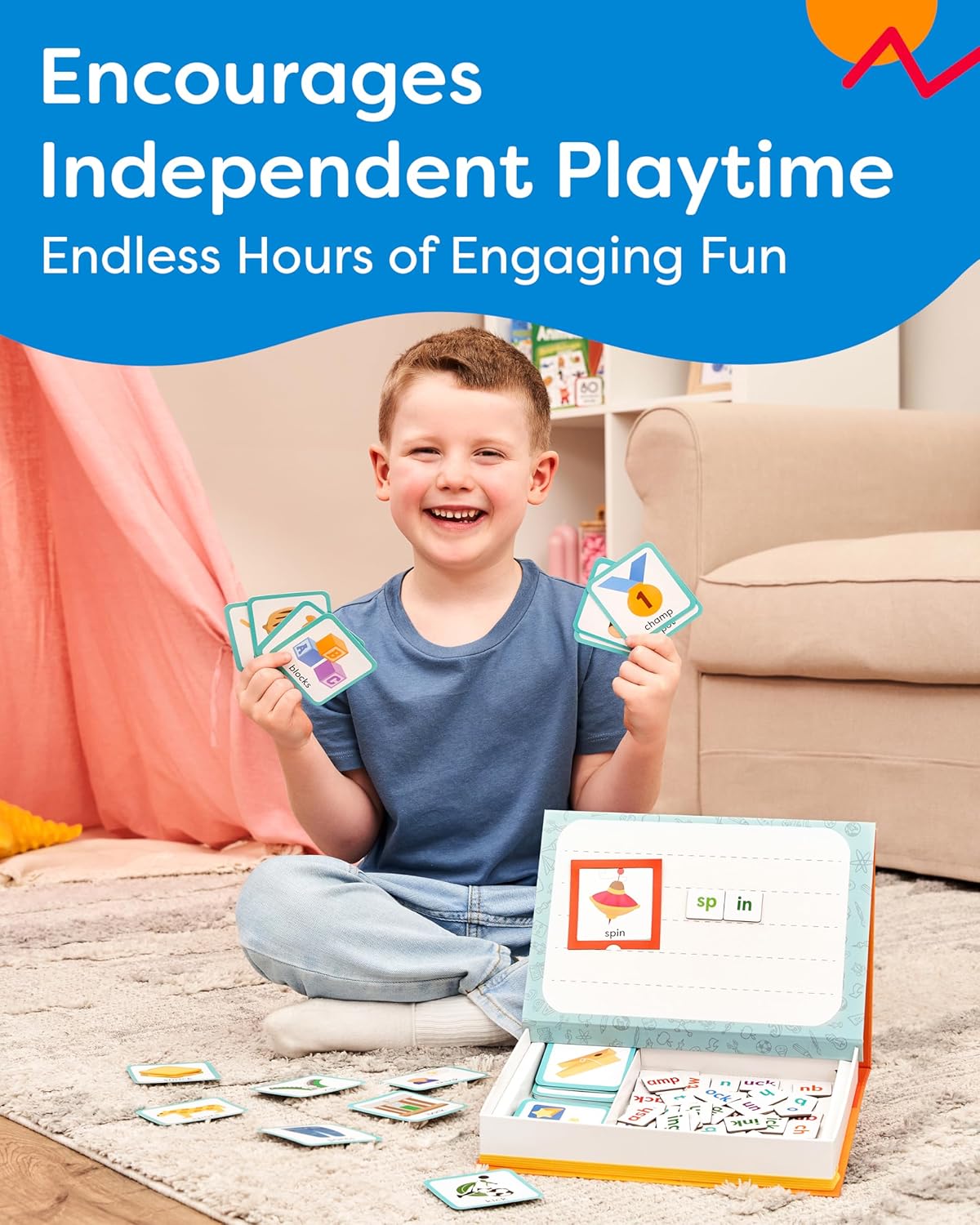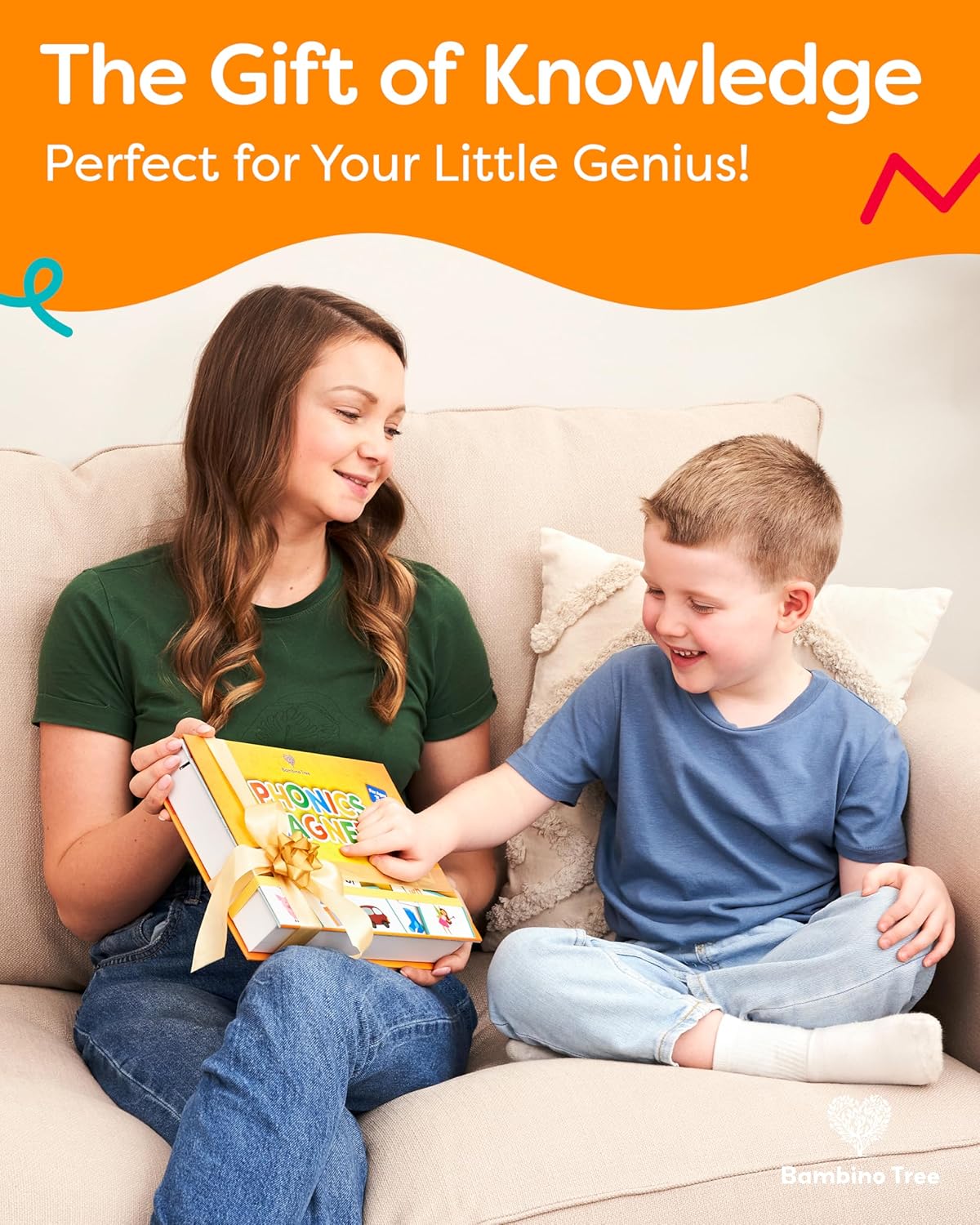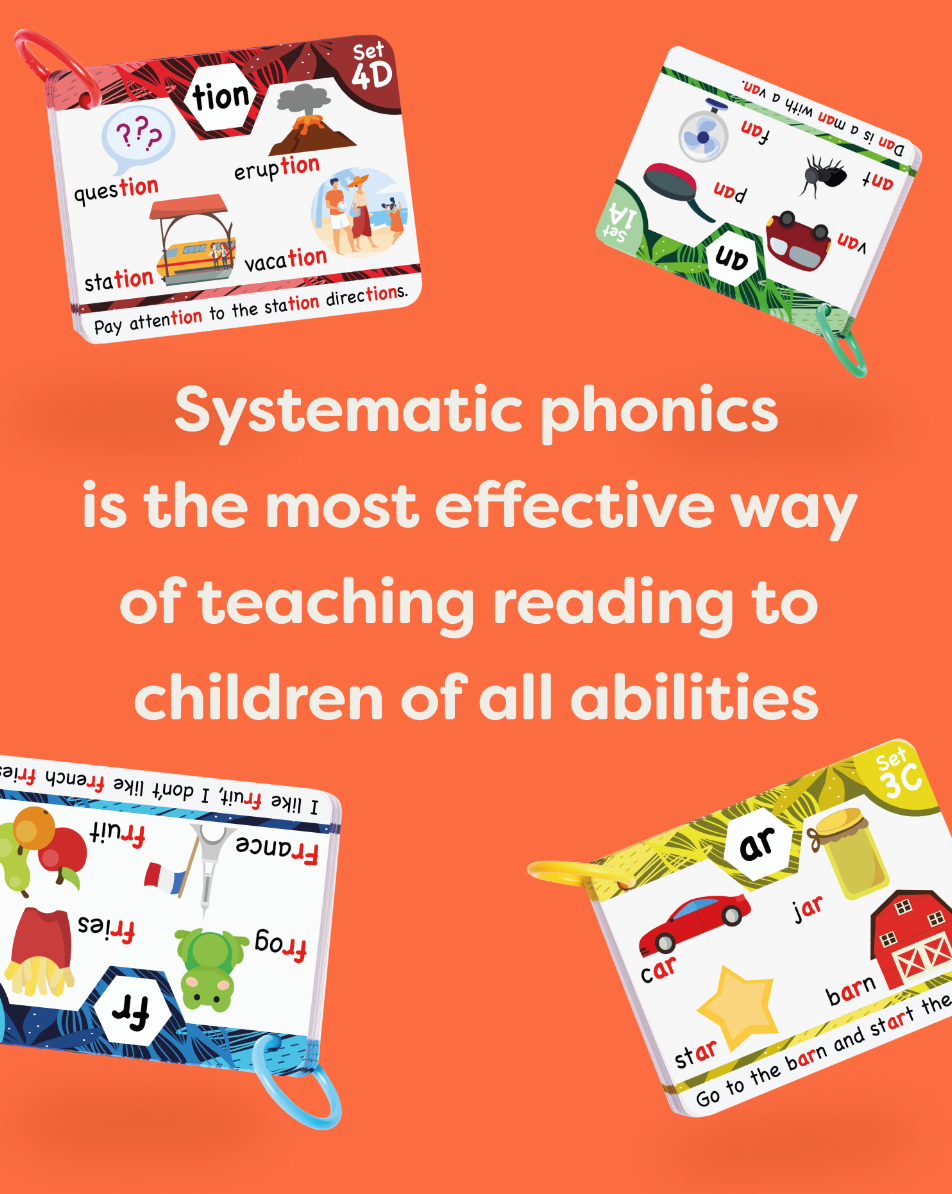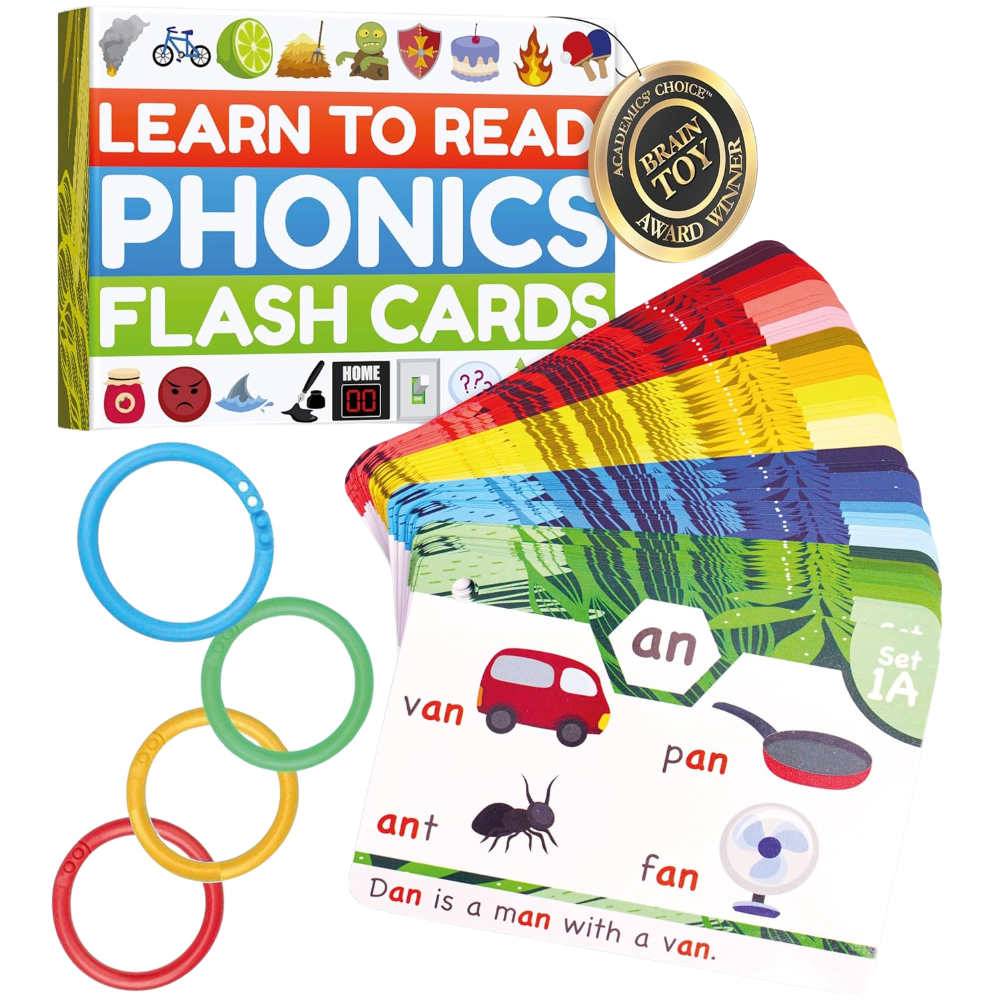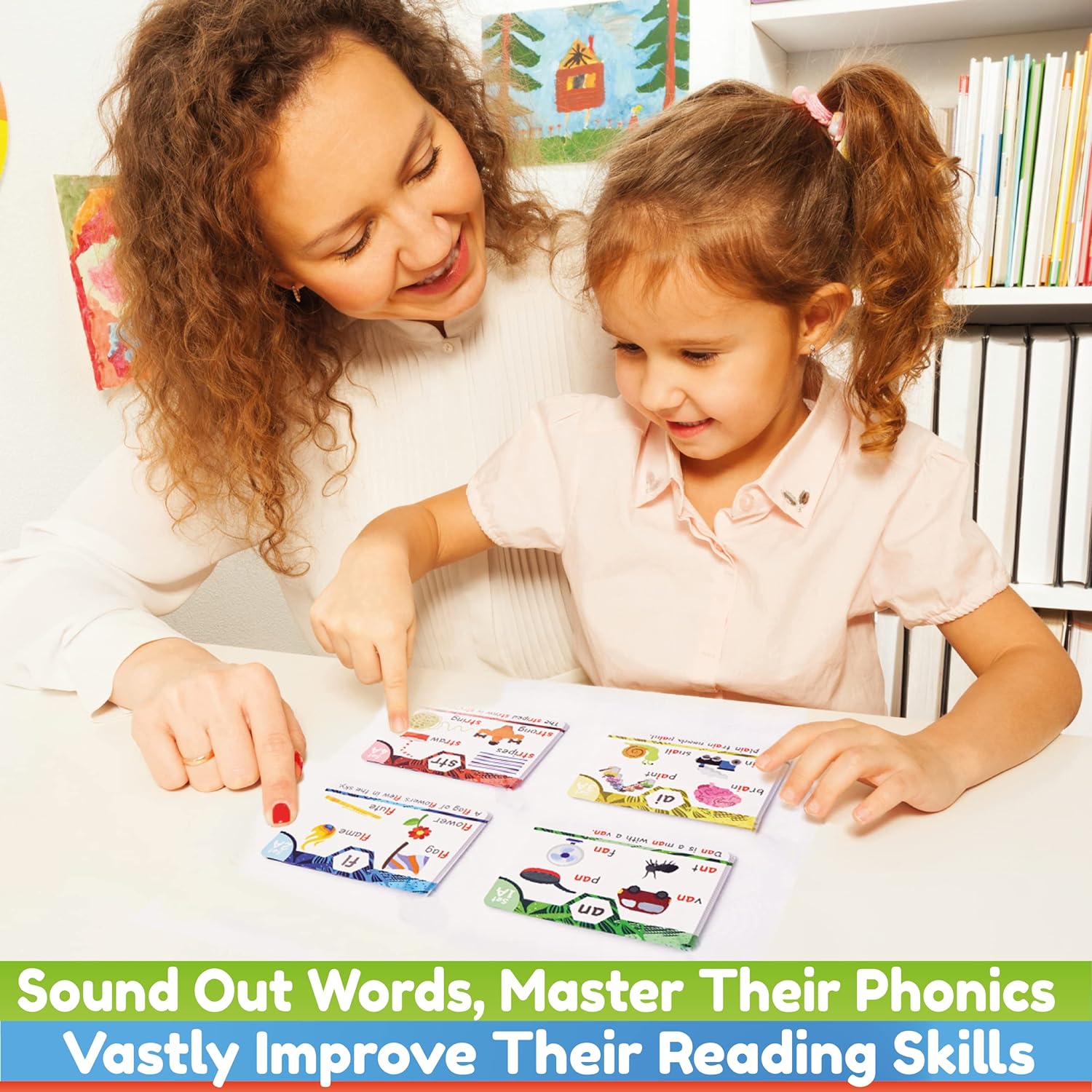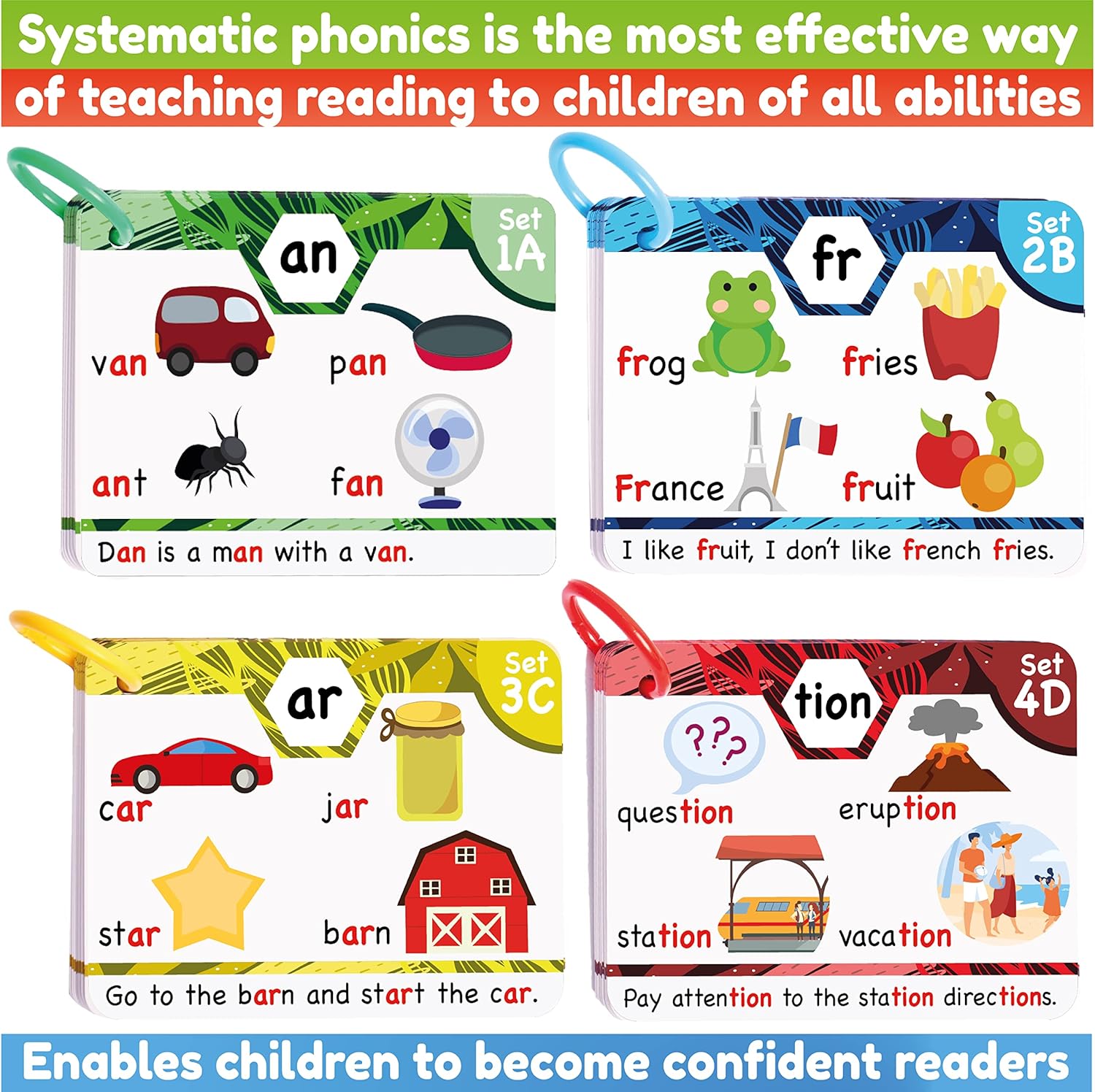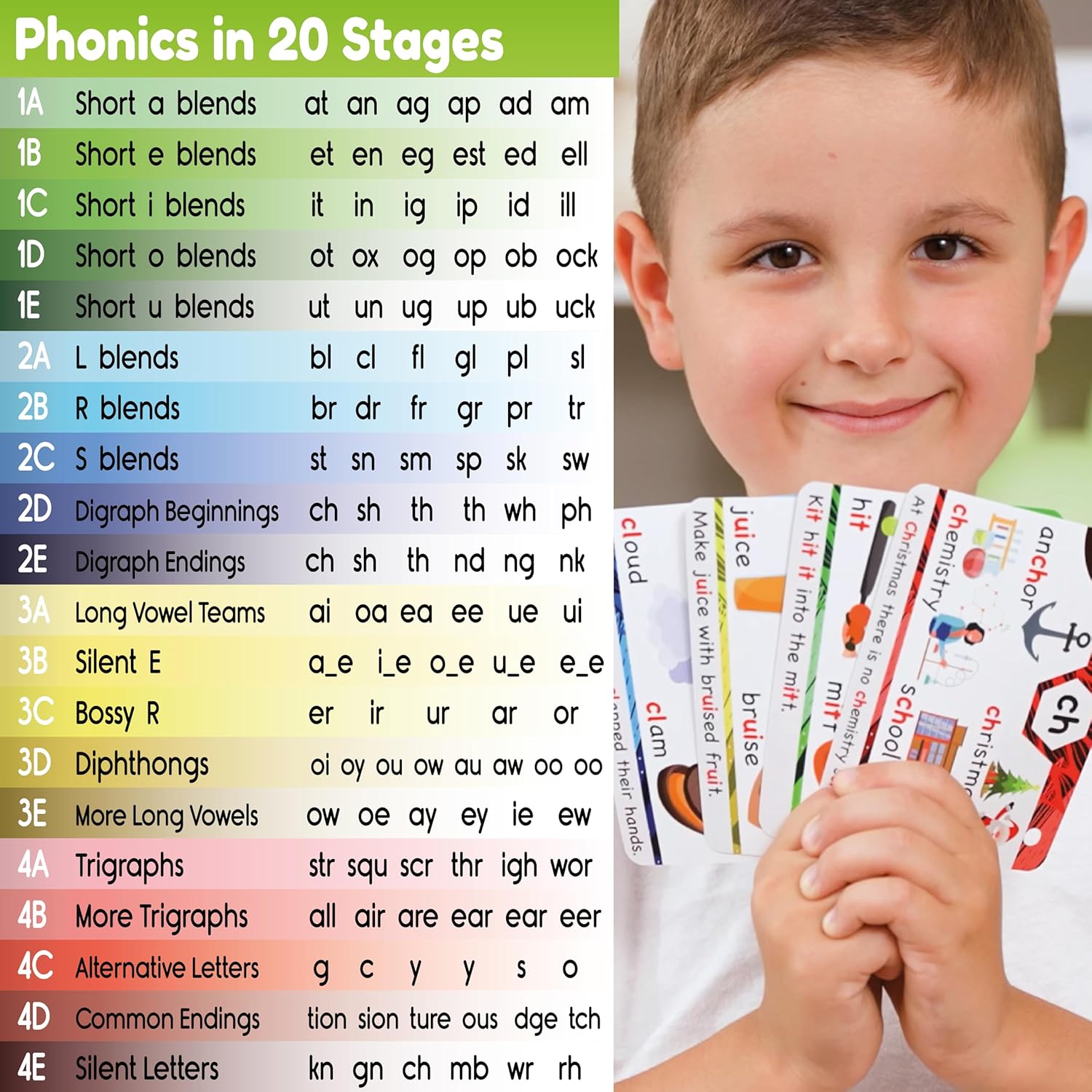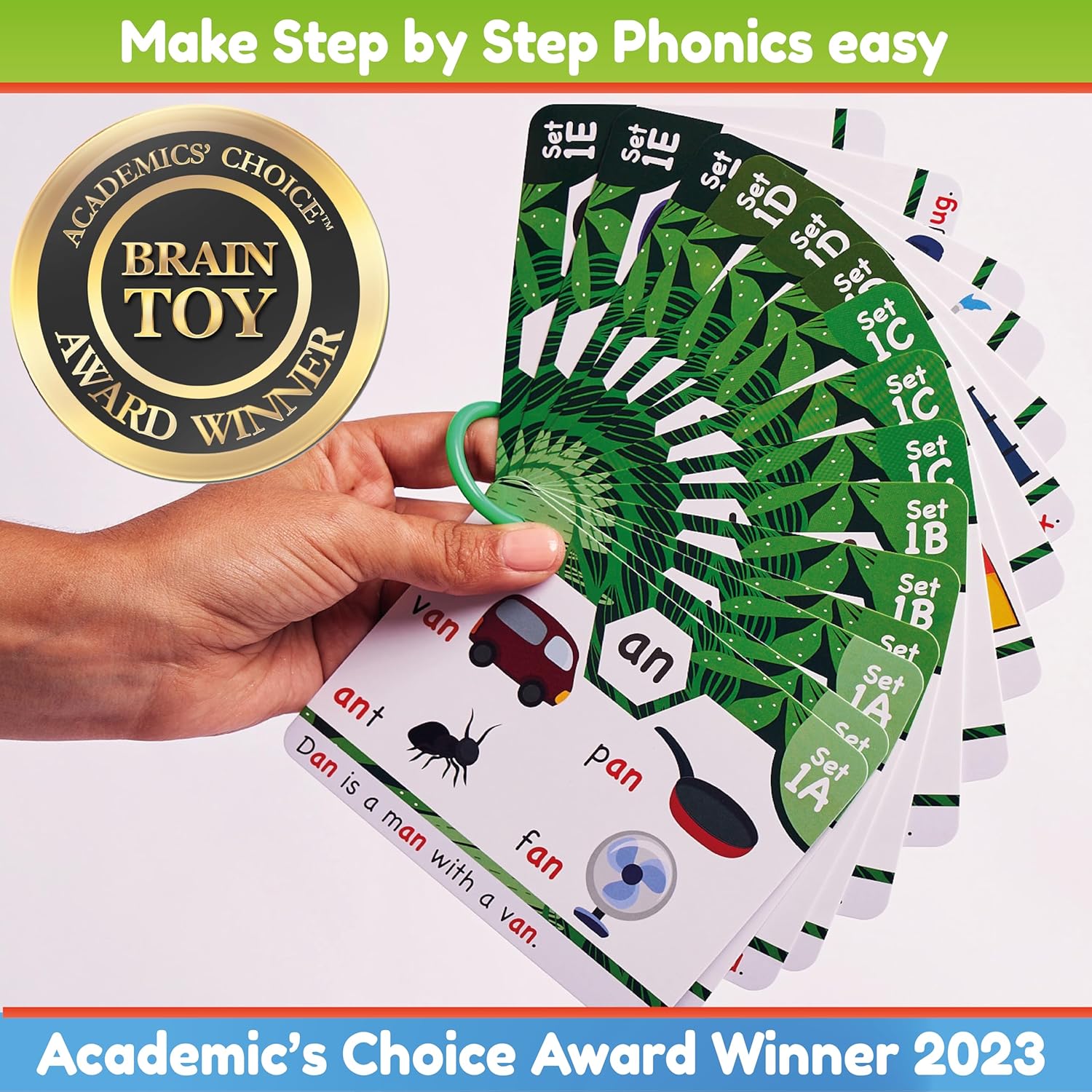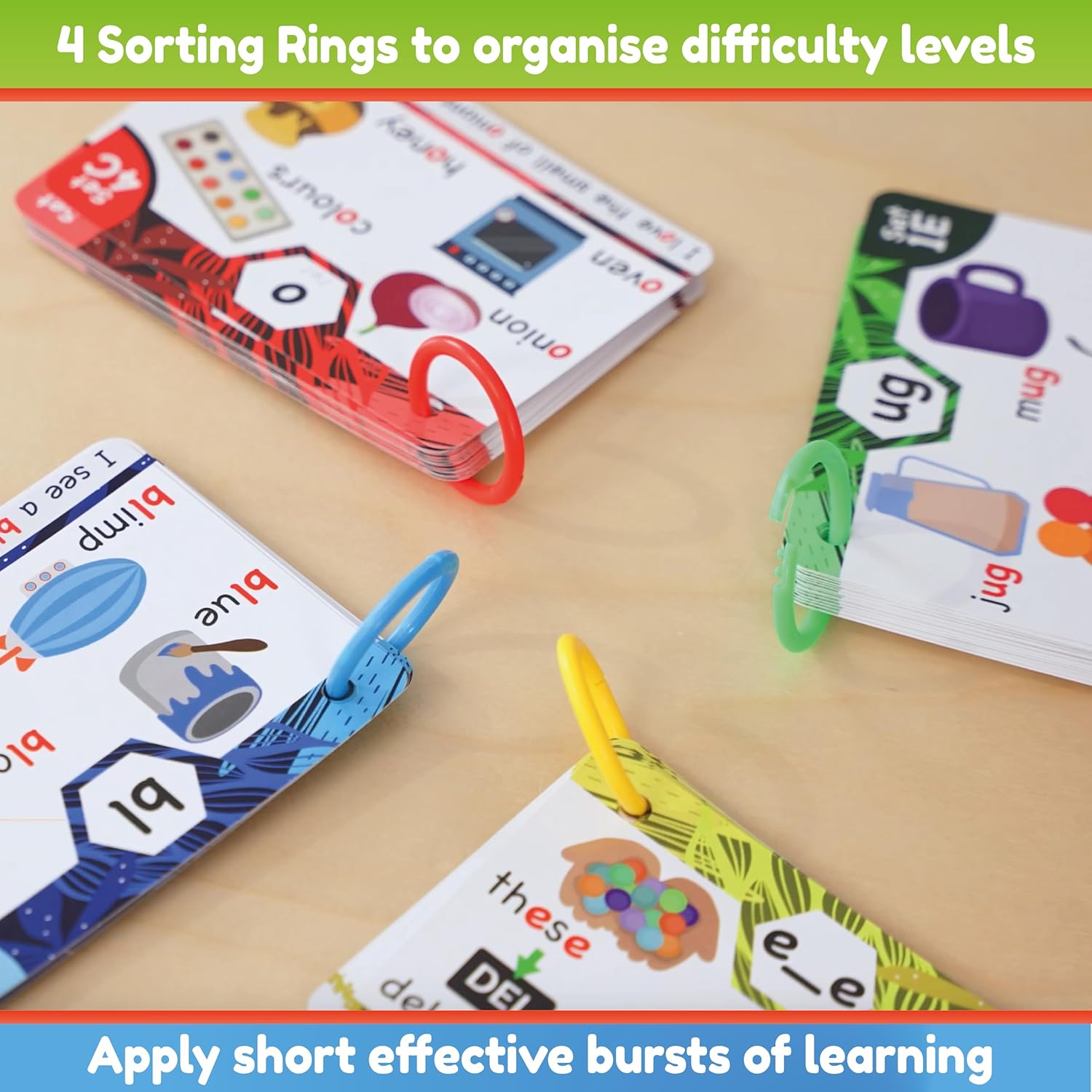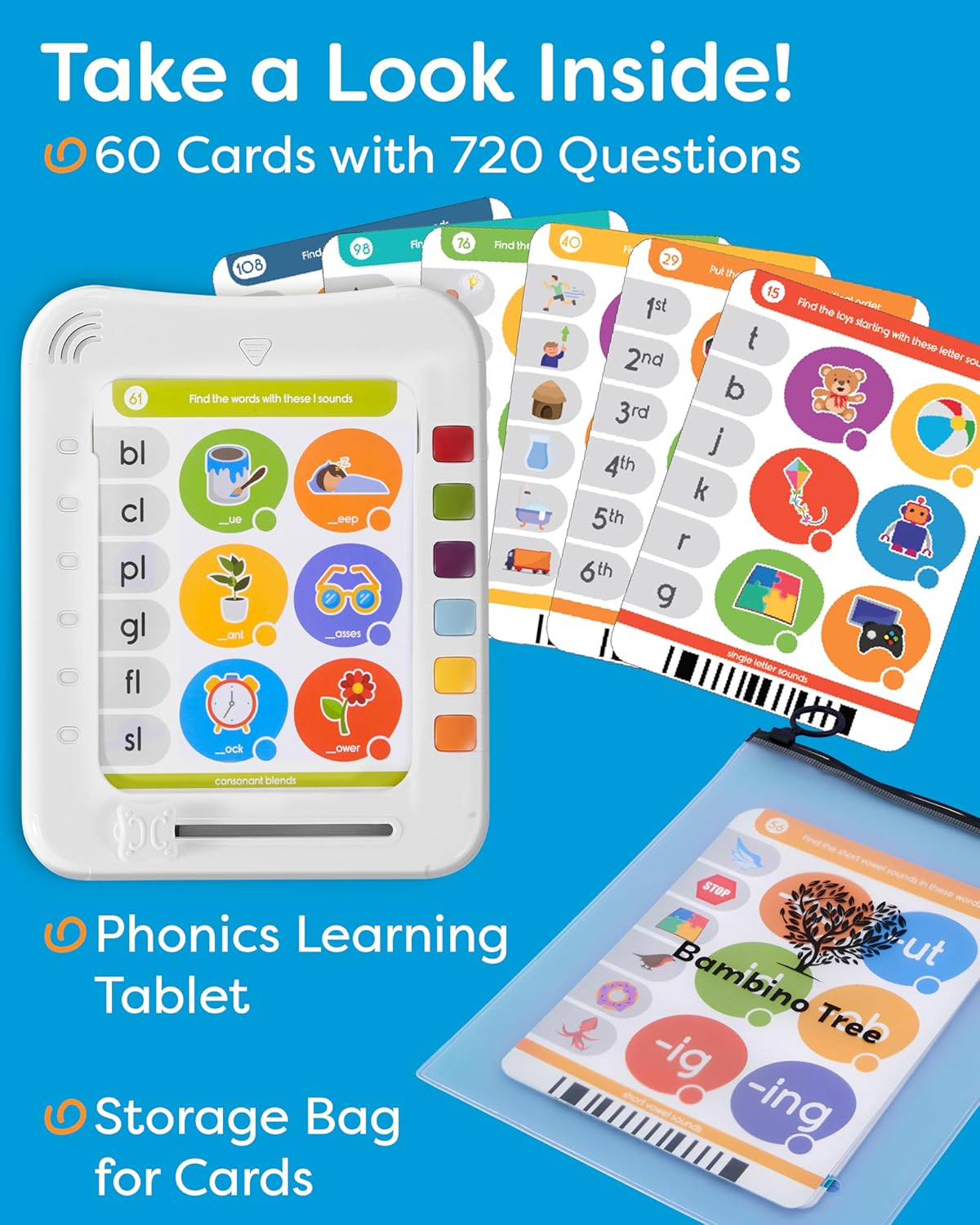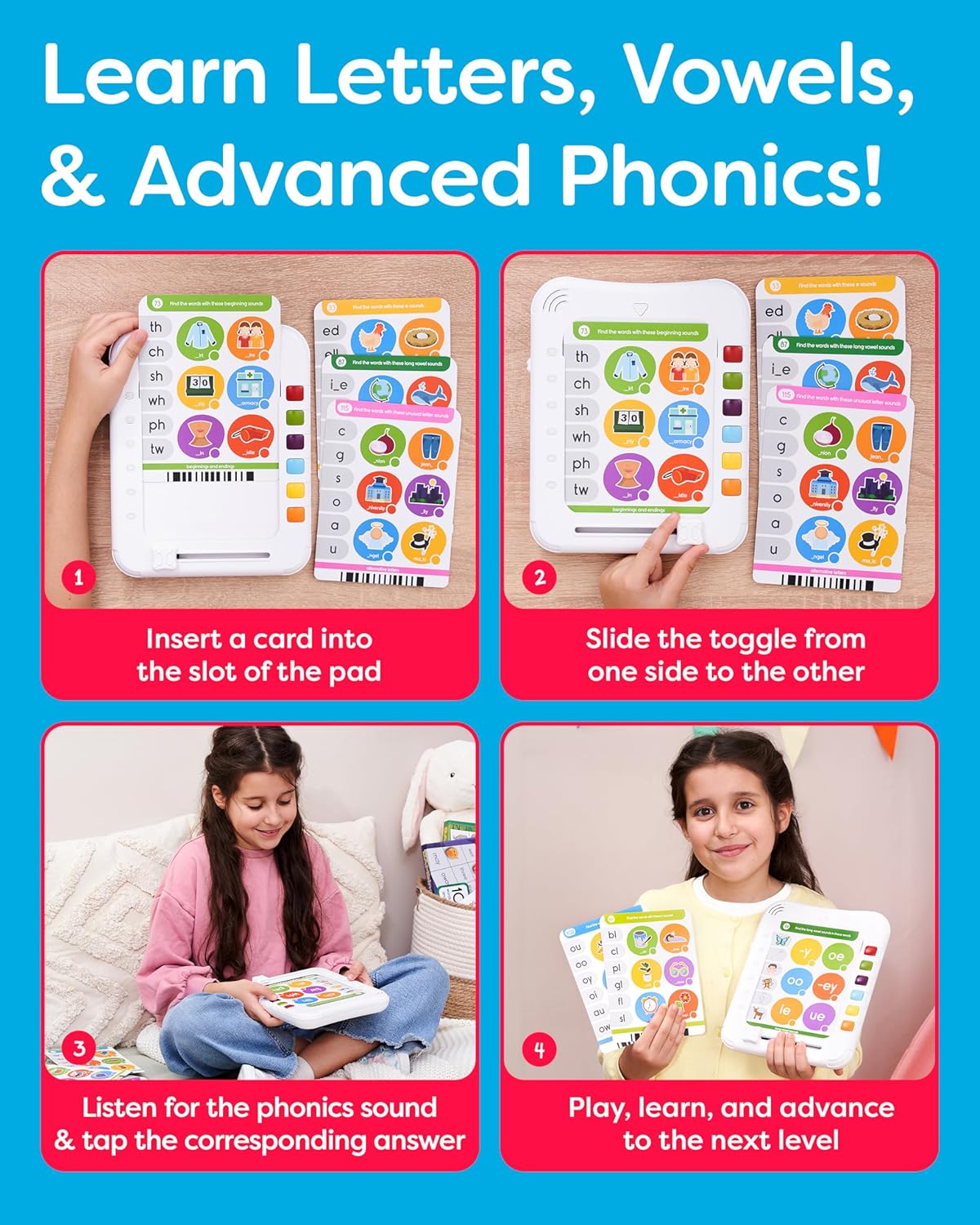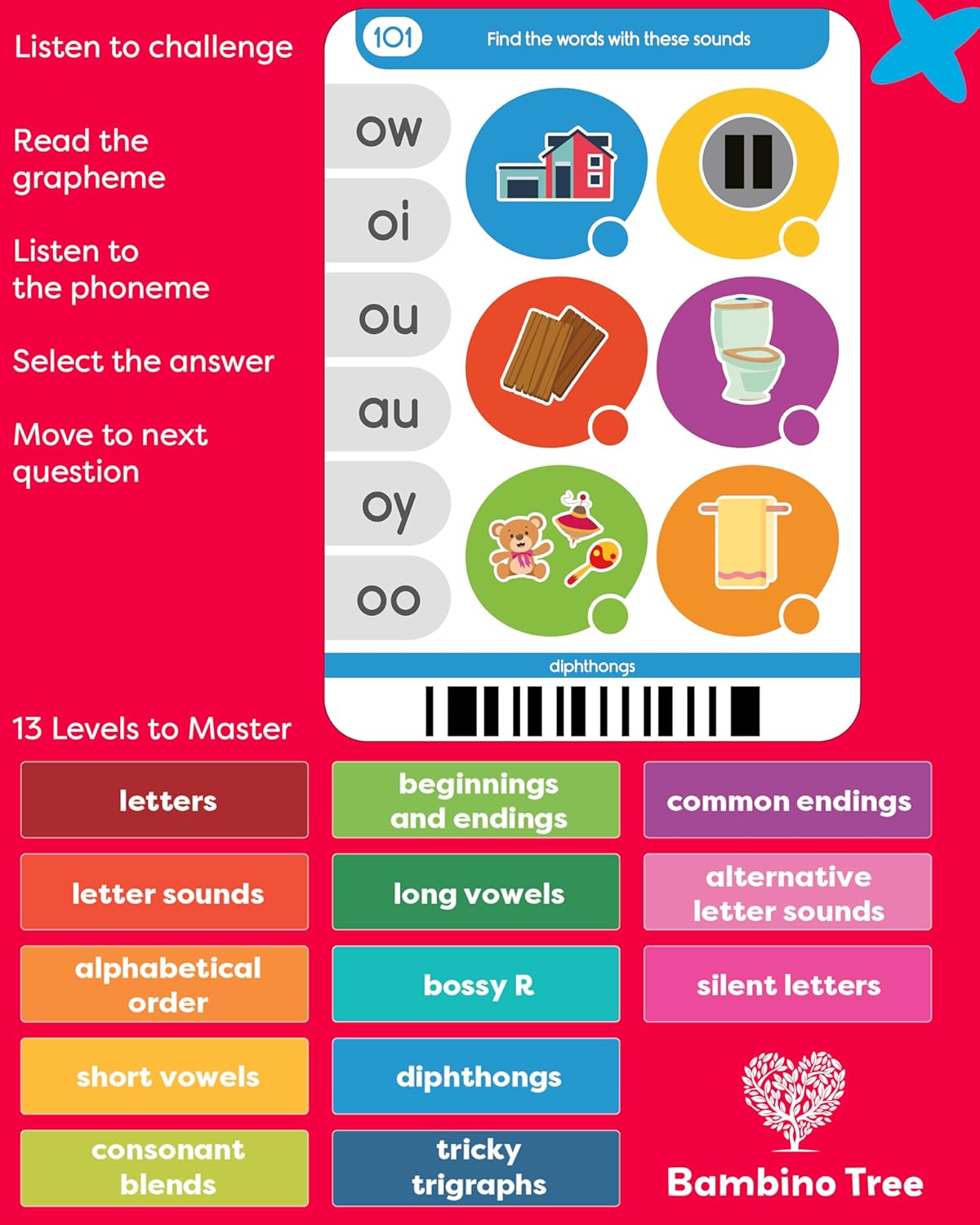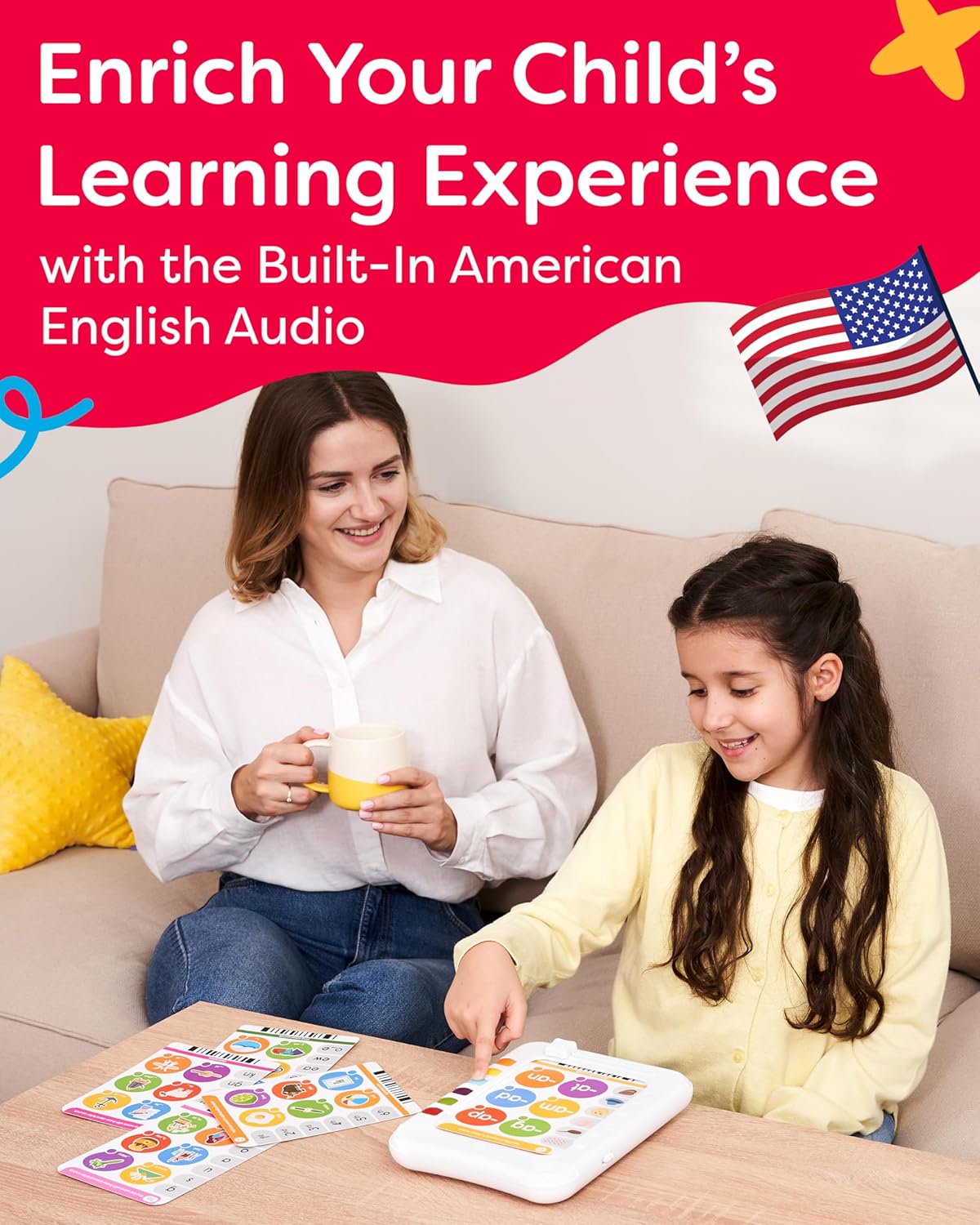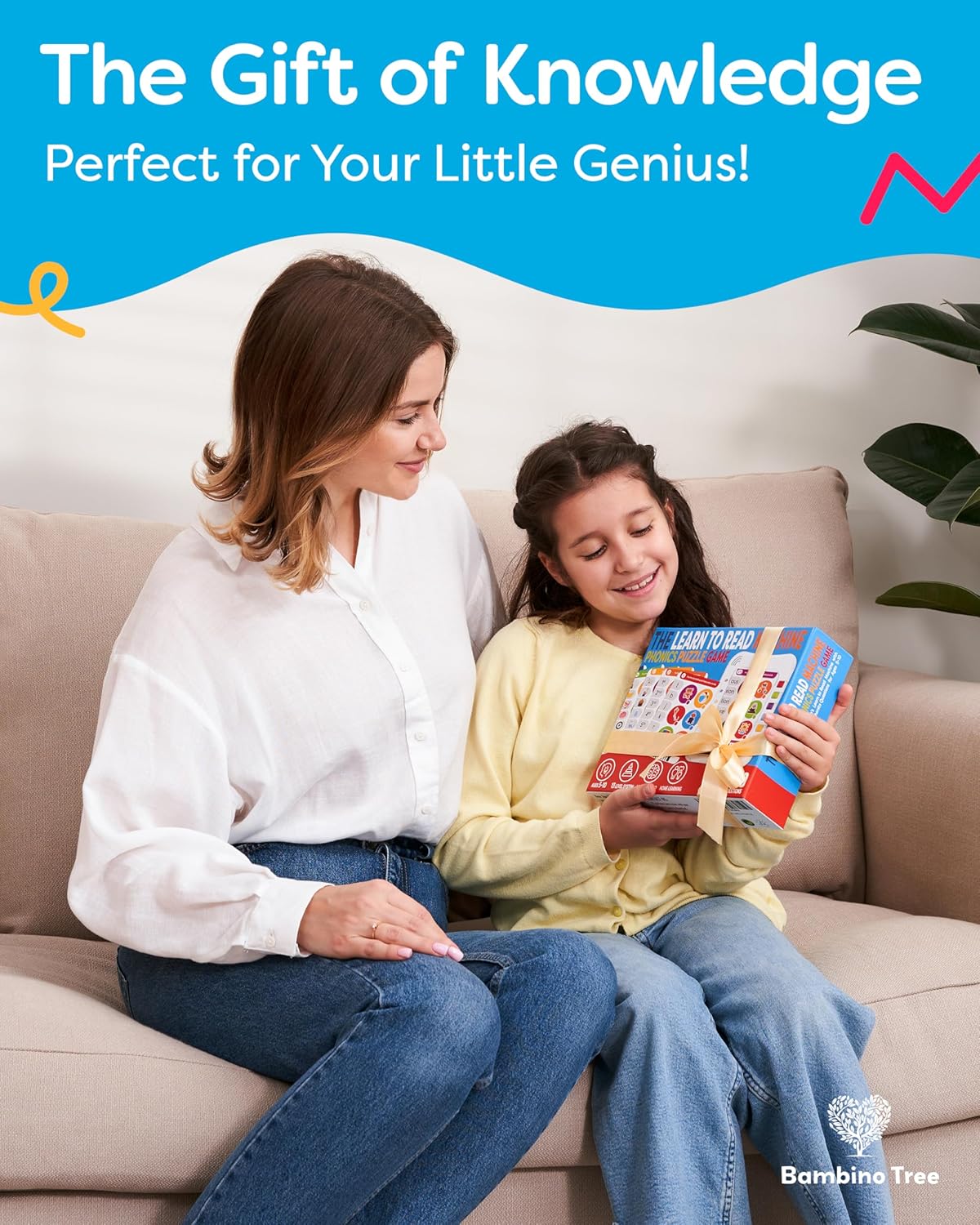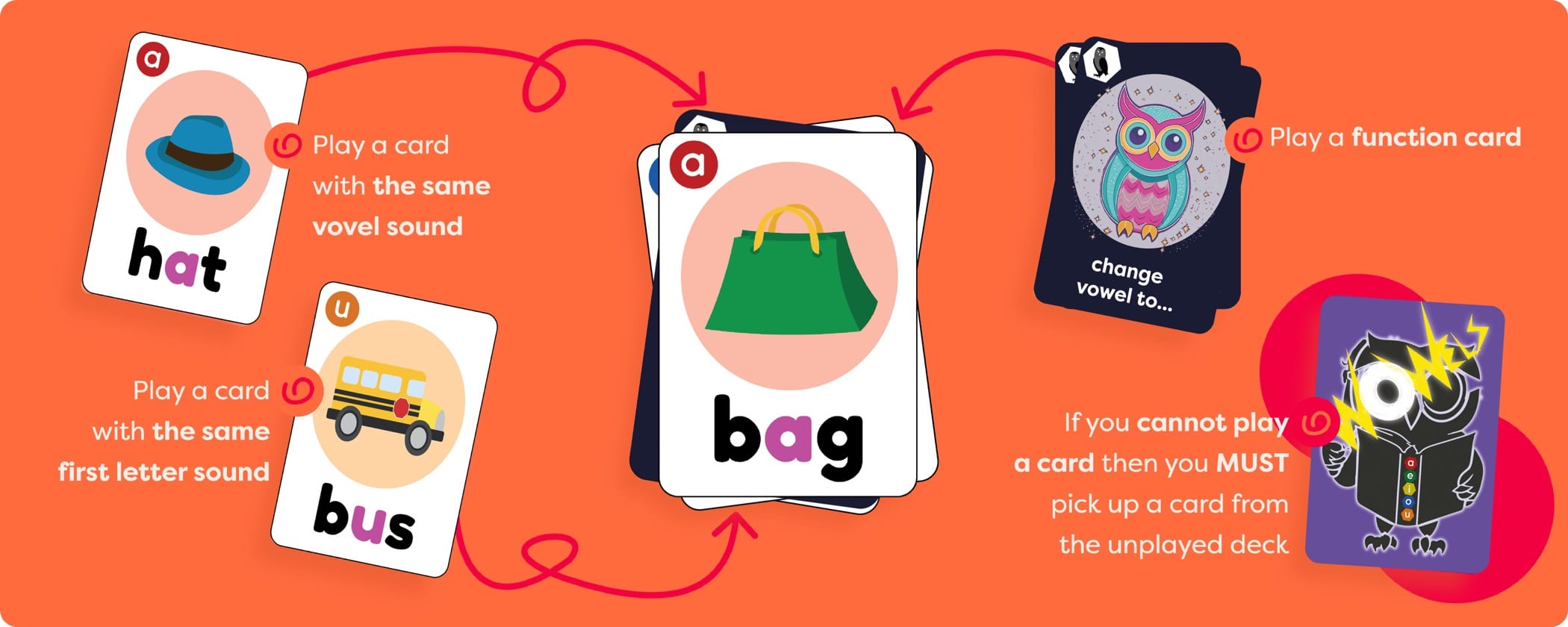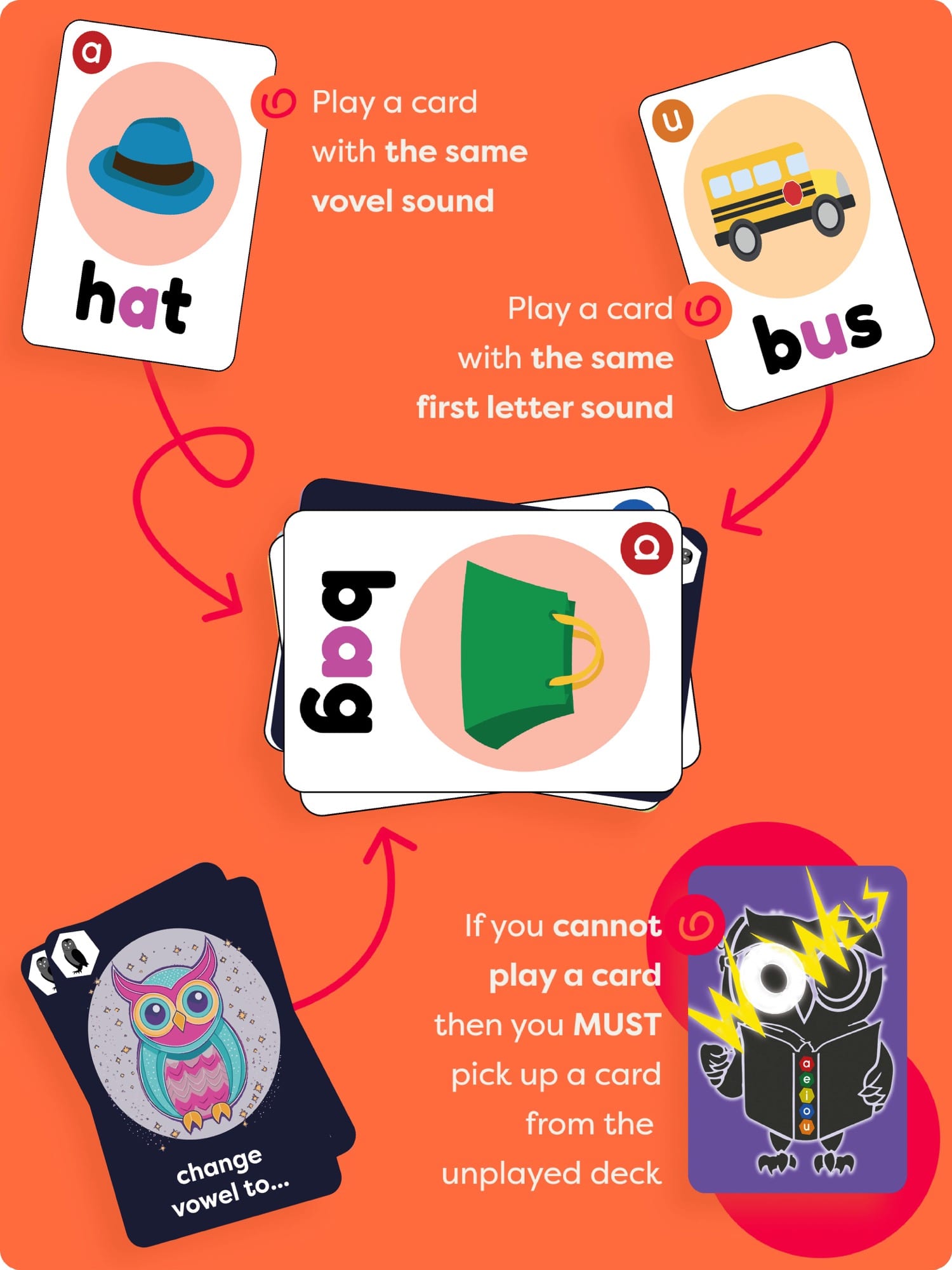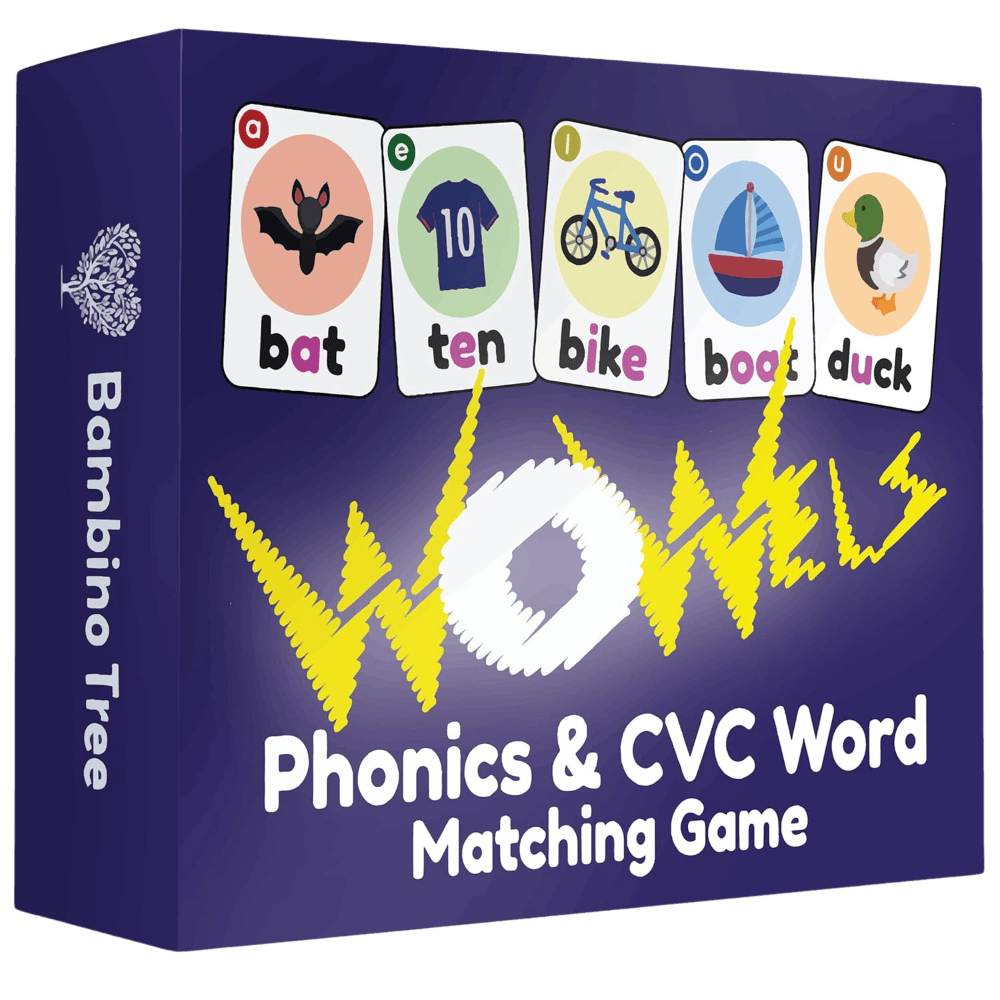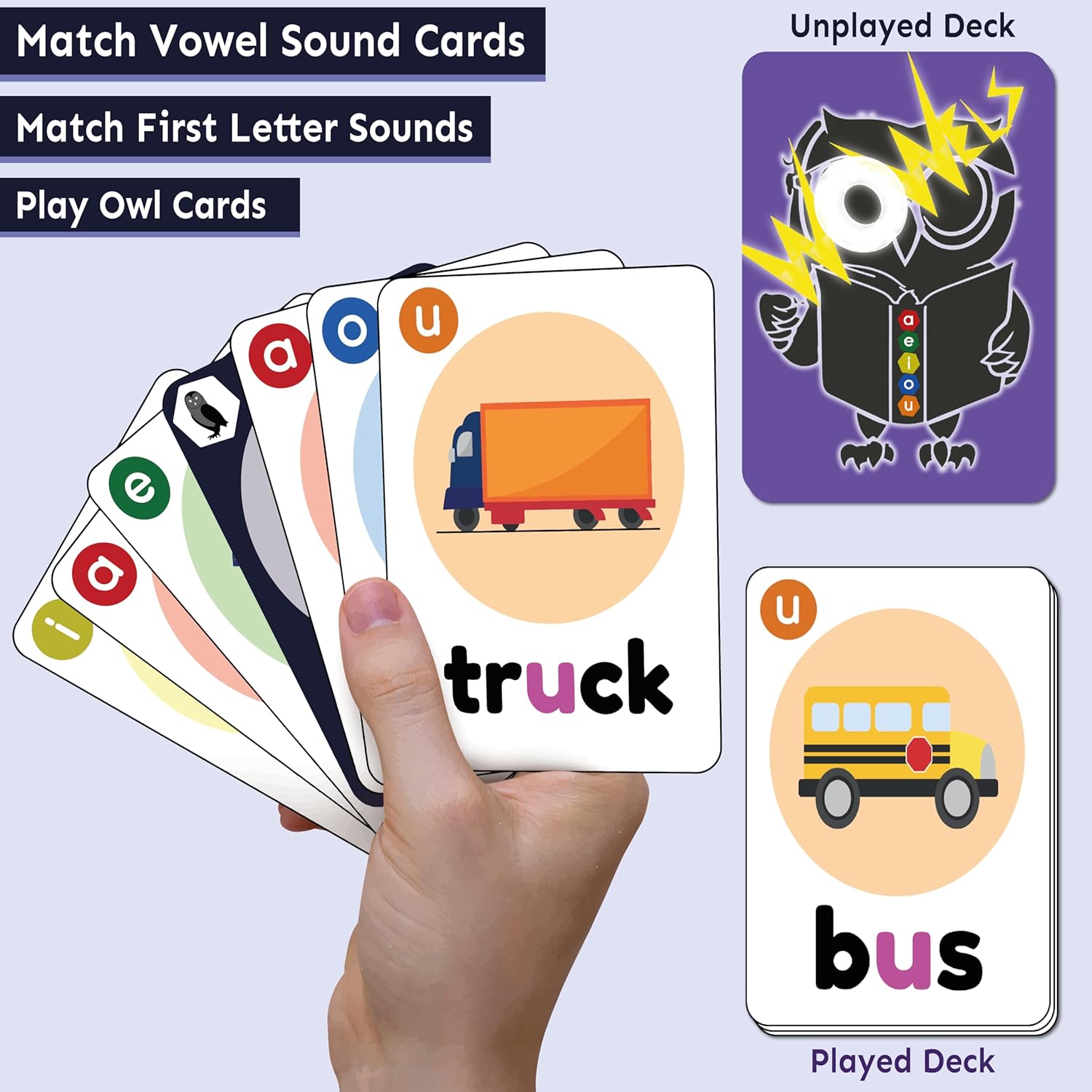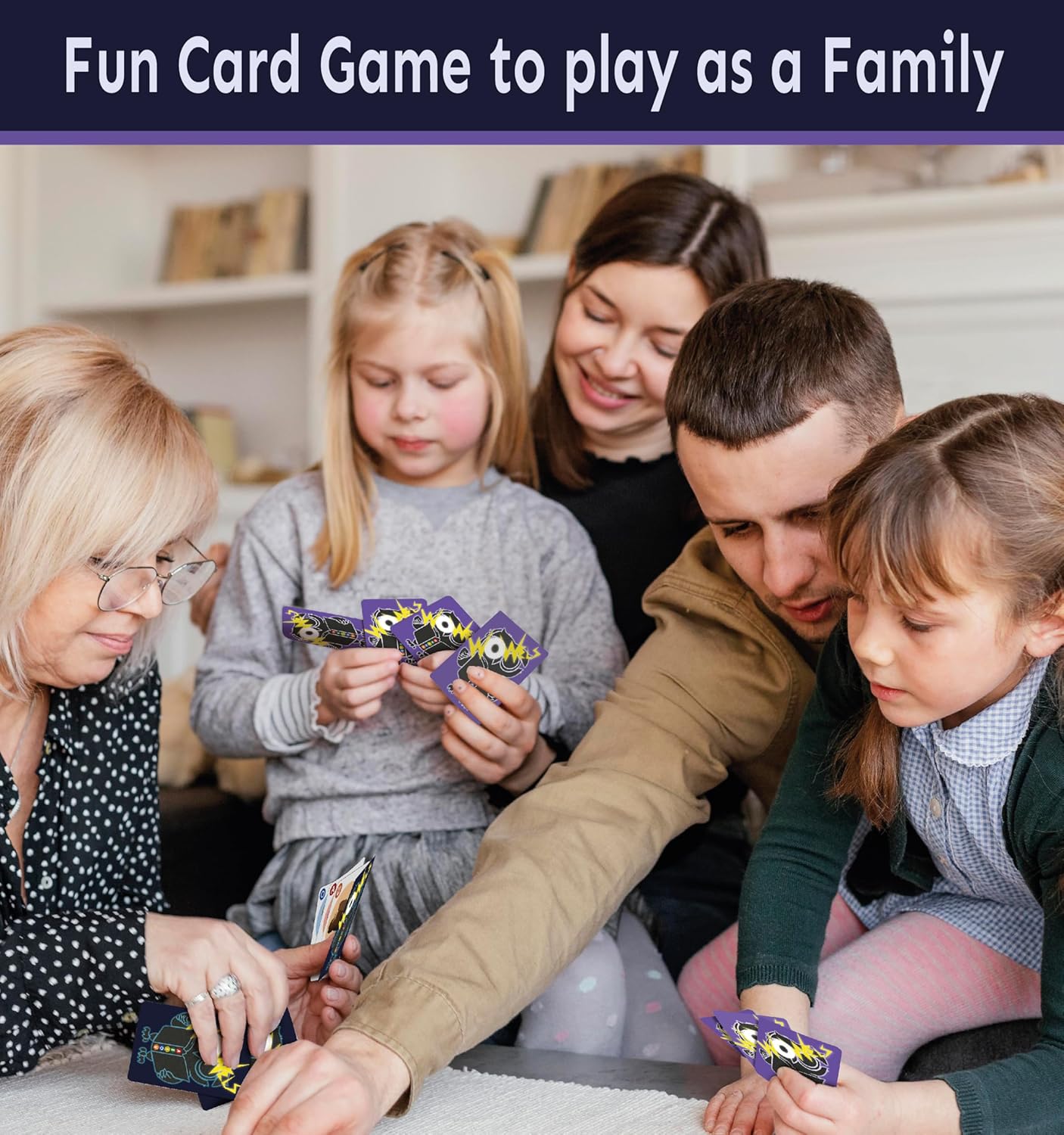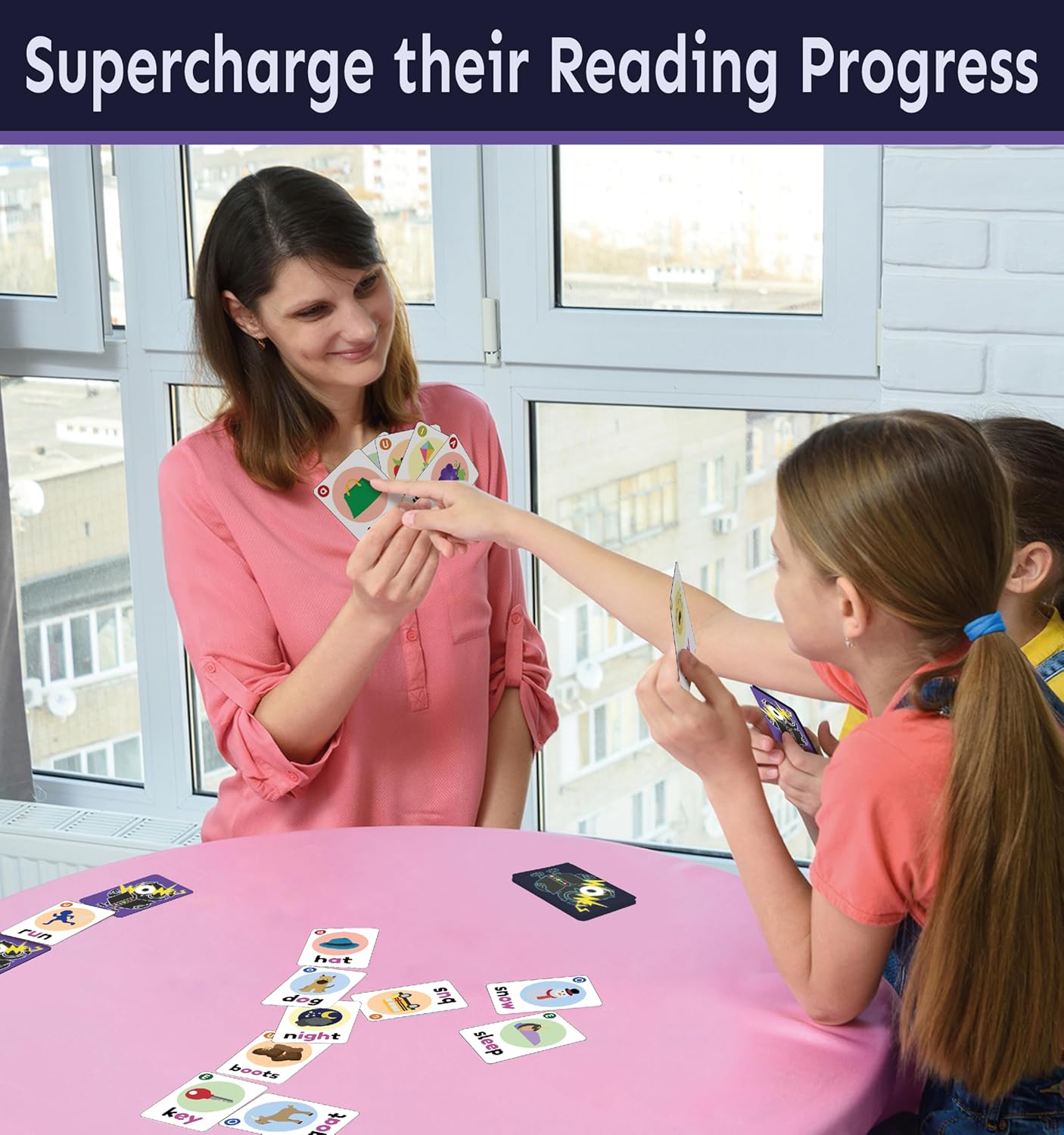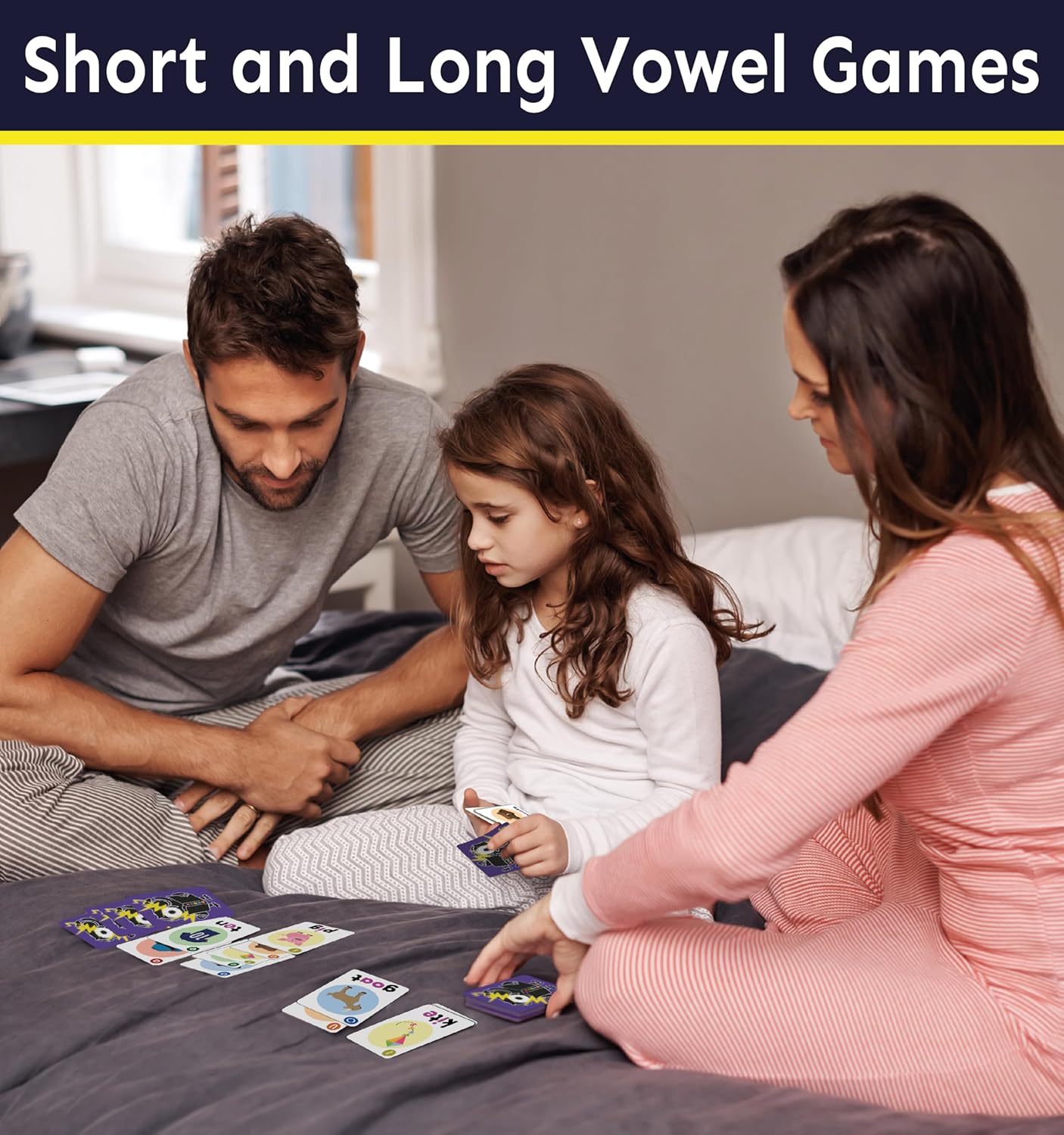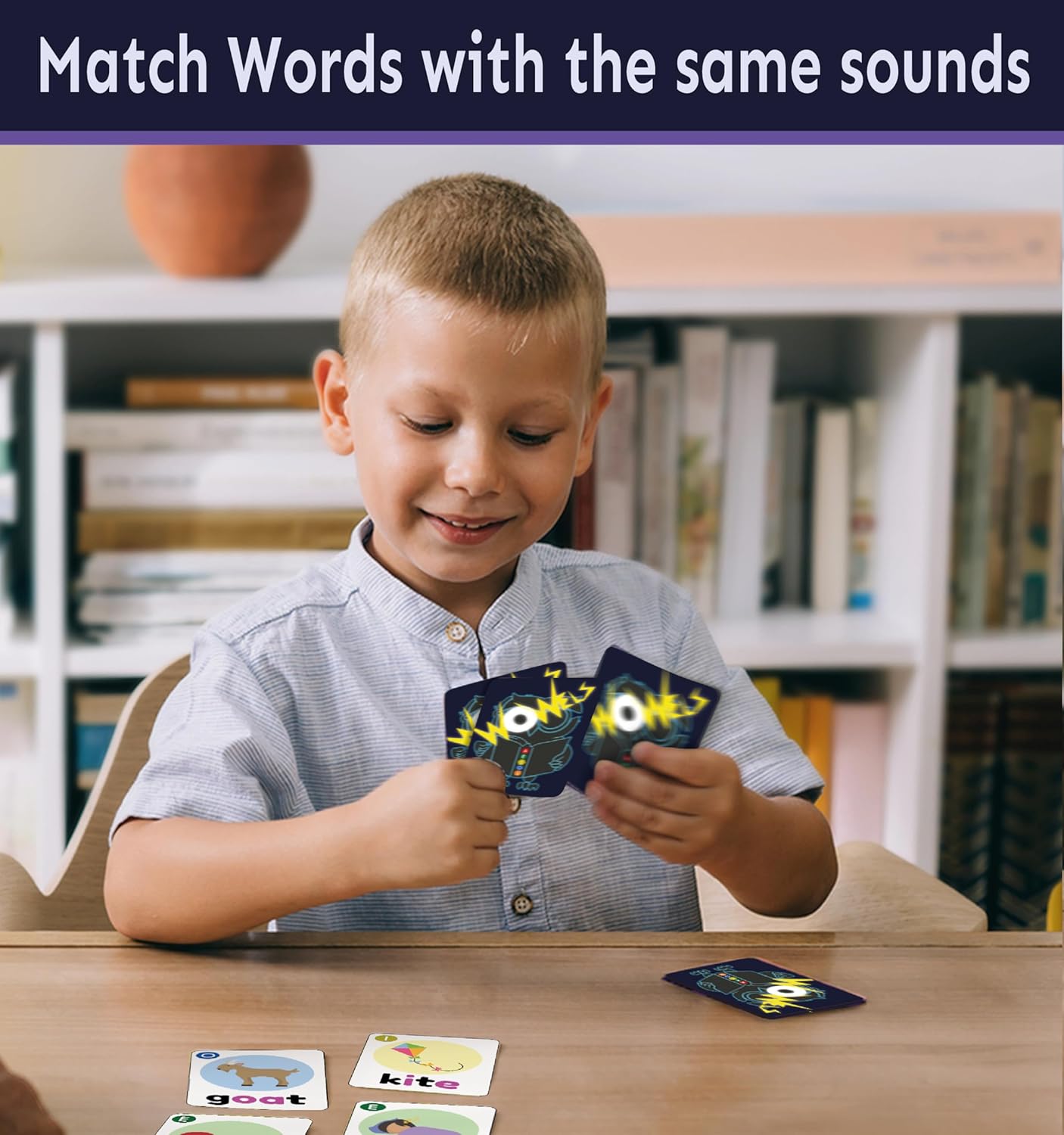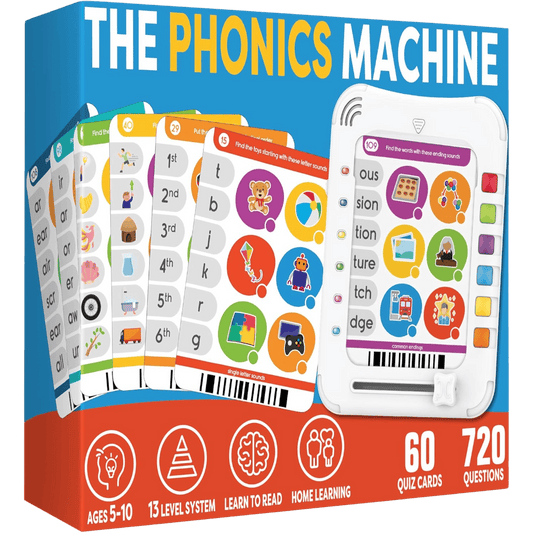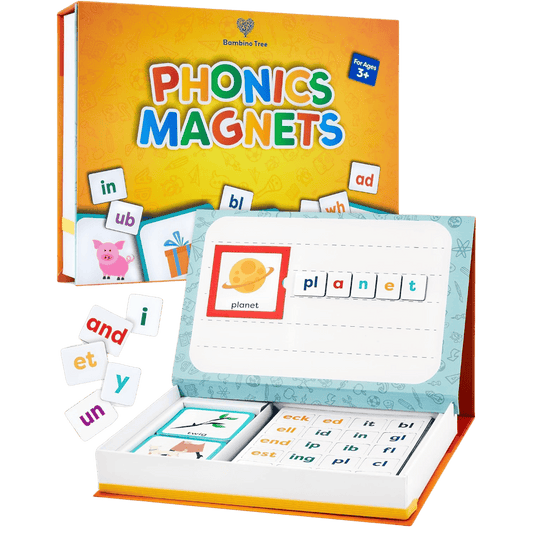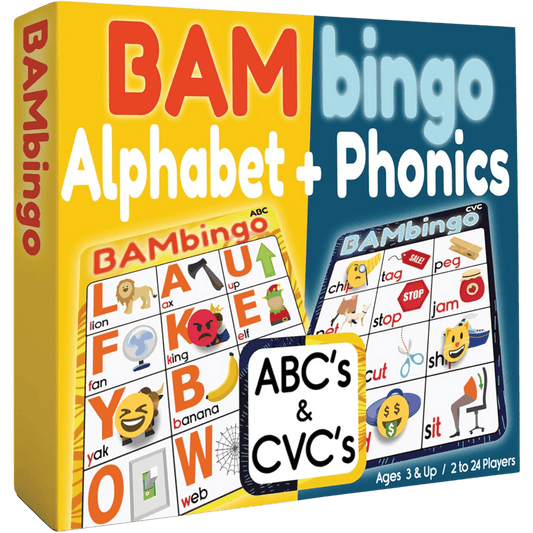You will not be allowed to compare more than 4 products at a time
View compareBambino Tree Phonics Magnets

Improve cognitive & motor abilities

Boost reading & spelling skills

Engaging for all learners.
No rules, all fun learning!
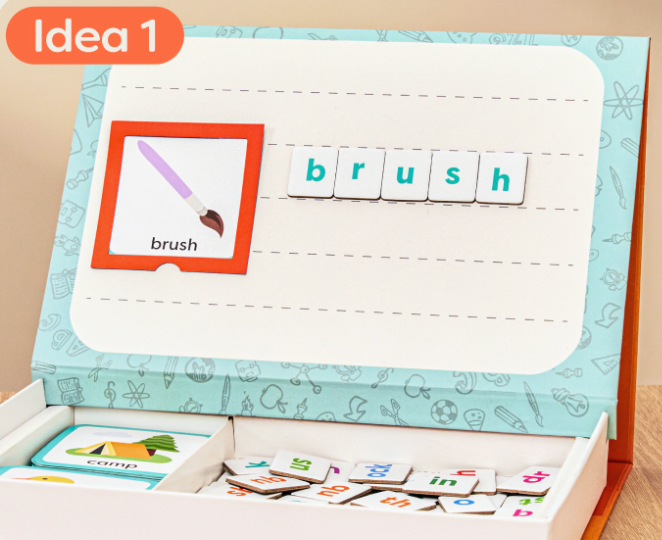
Create words
using single letter magnet tiles
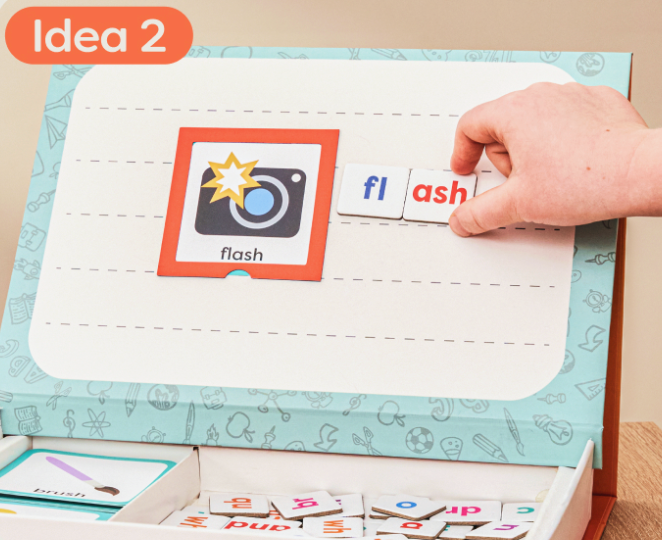
Form words
using the phonics magnet tiles

Form sentences
using the provided words
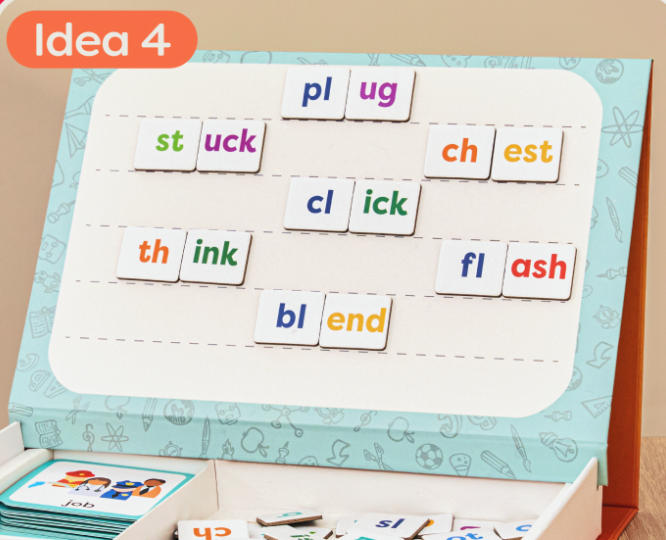
Mix syllables
to create
as many words as you can
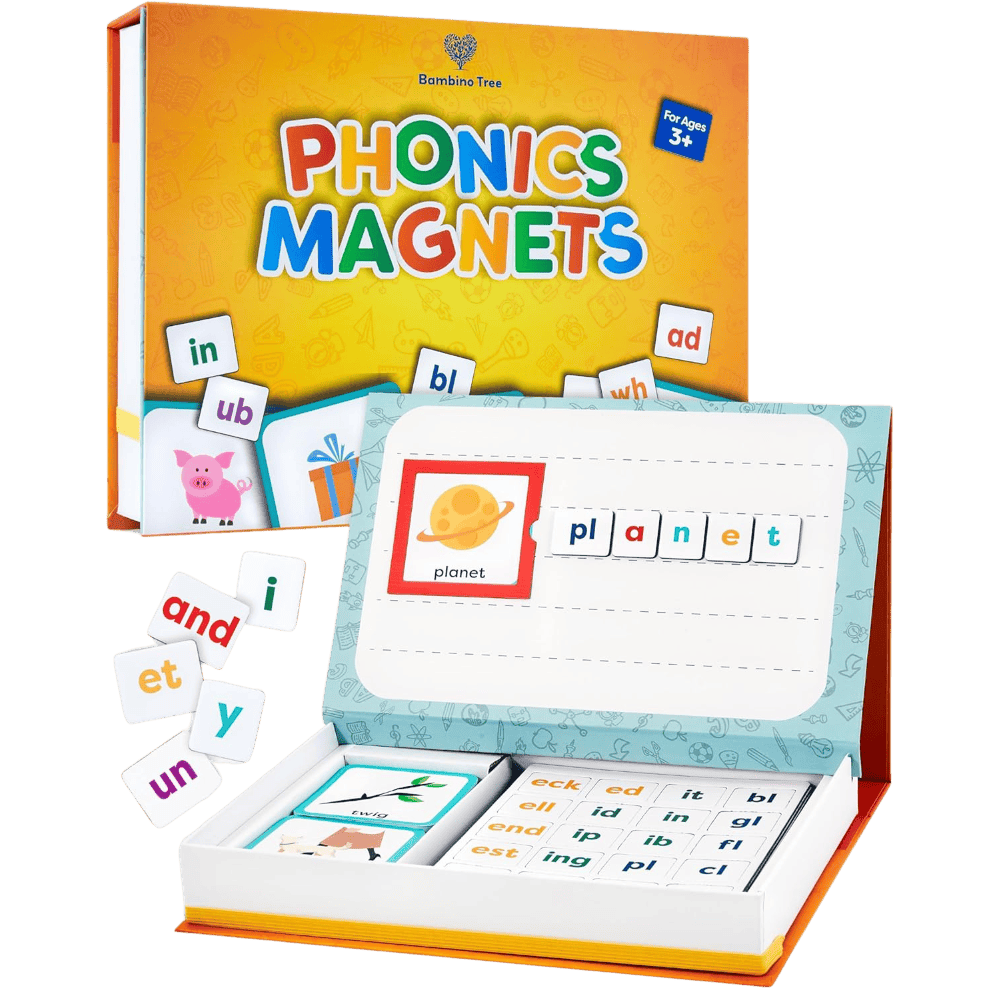
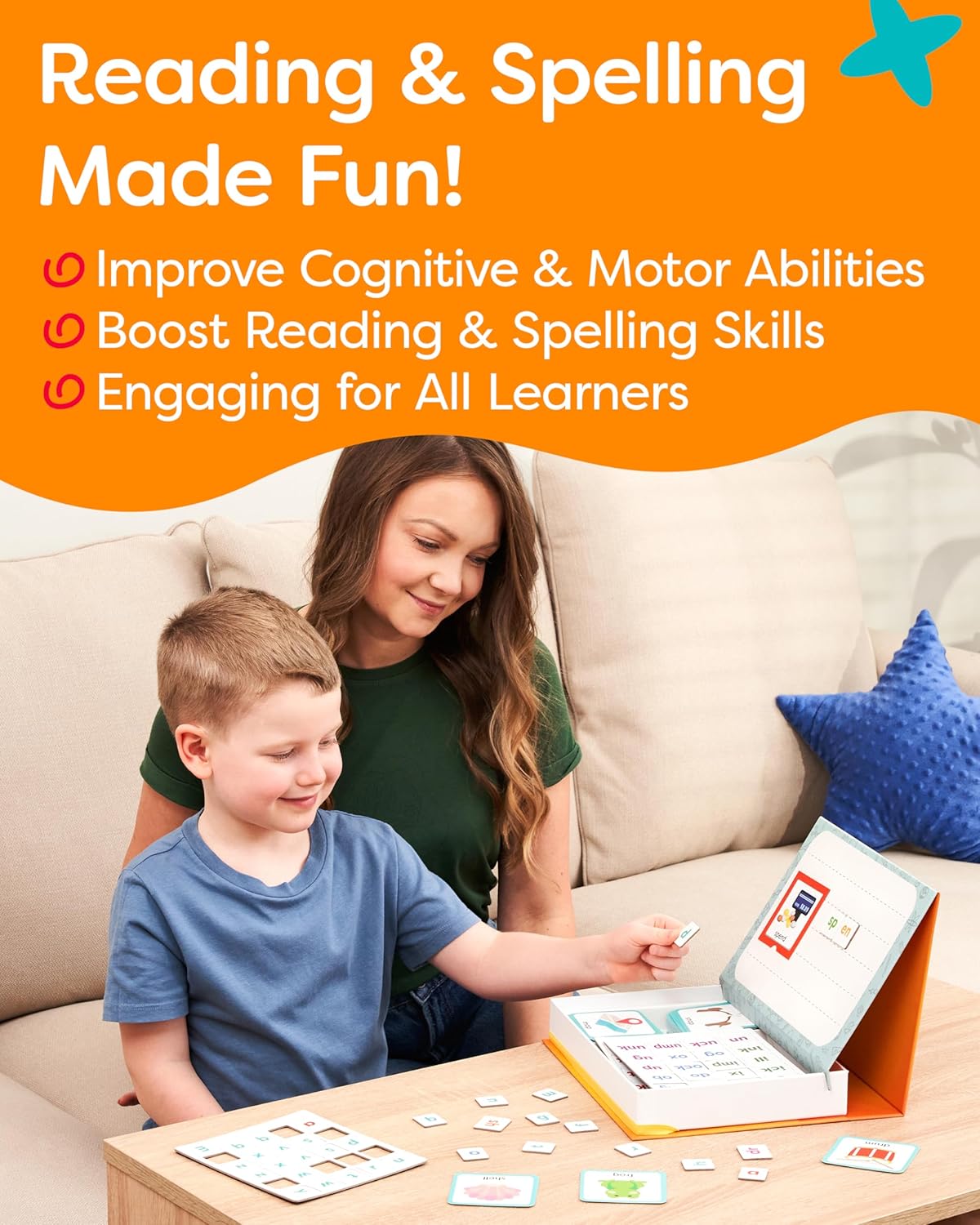

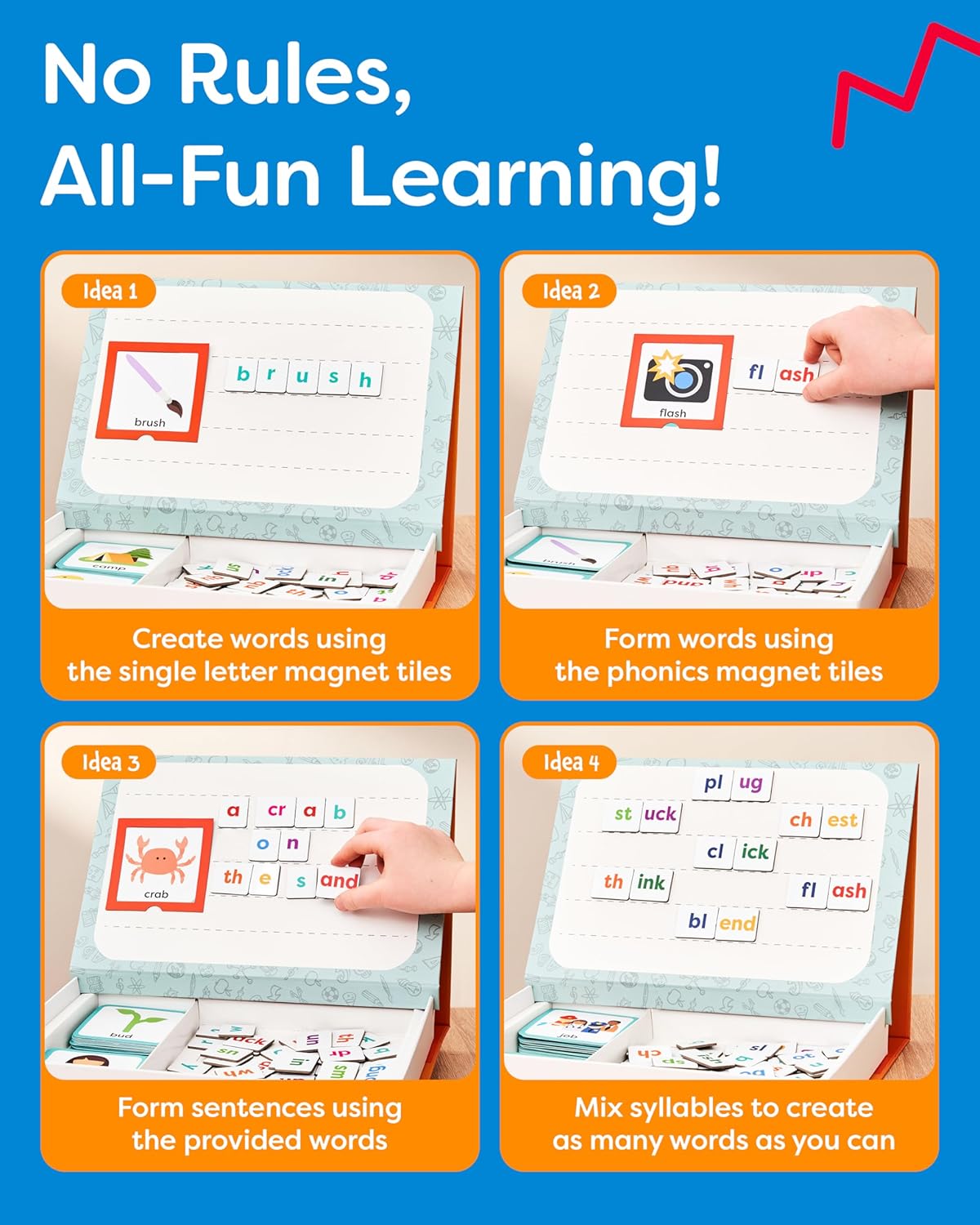

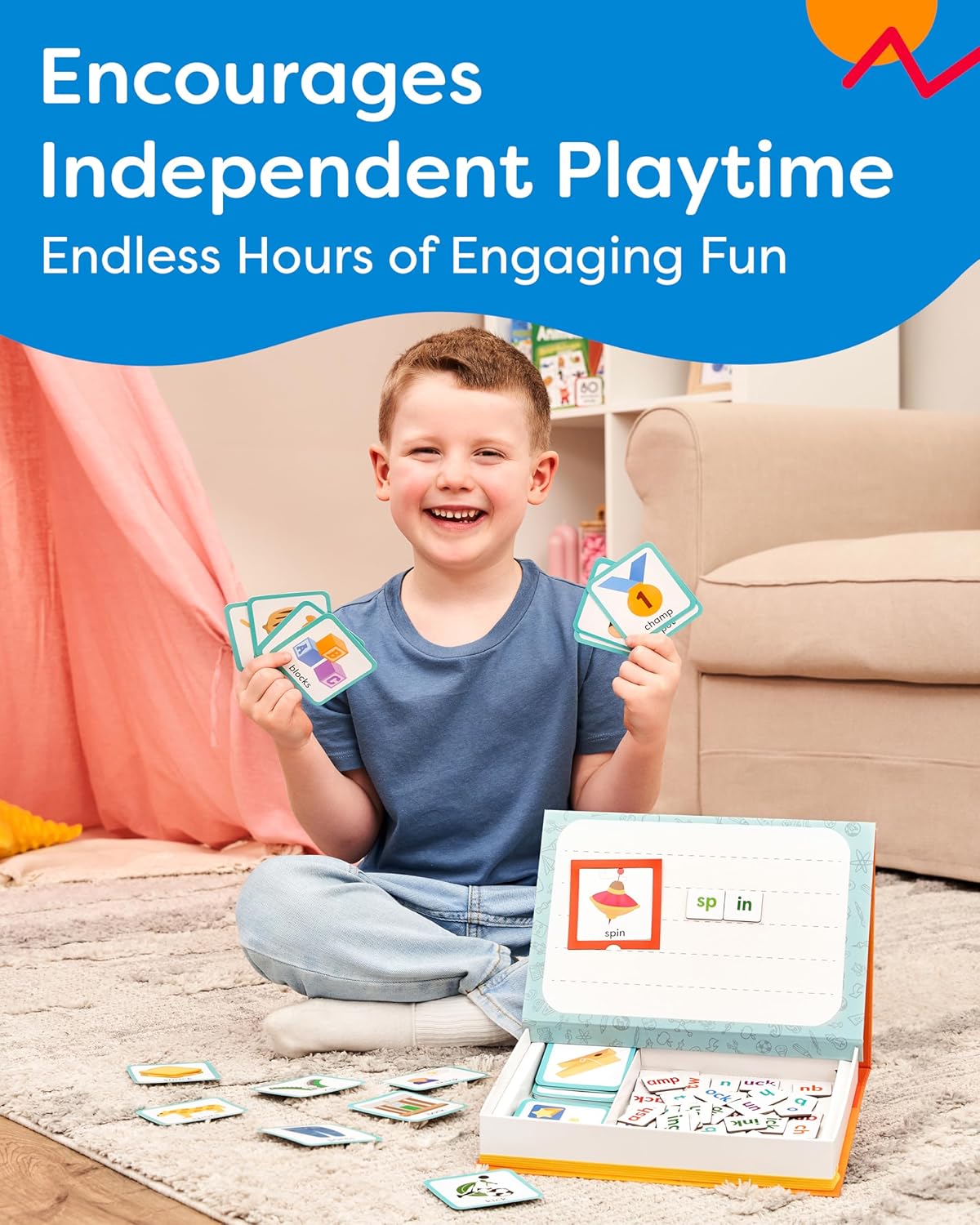
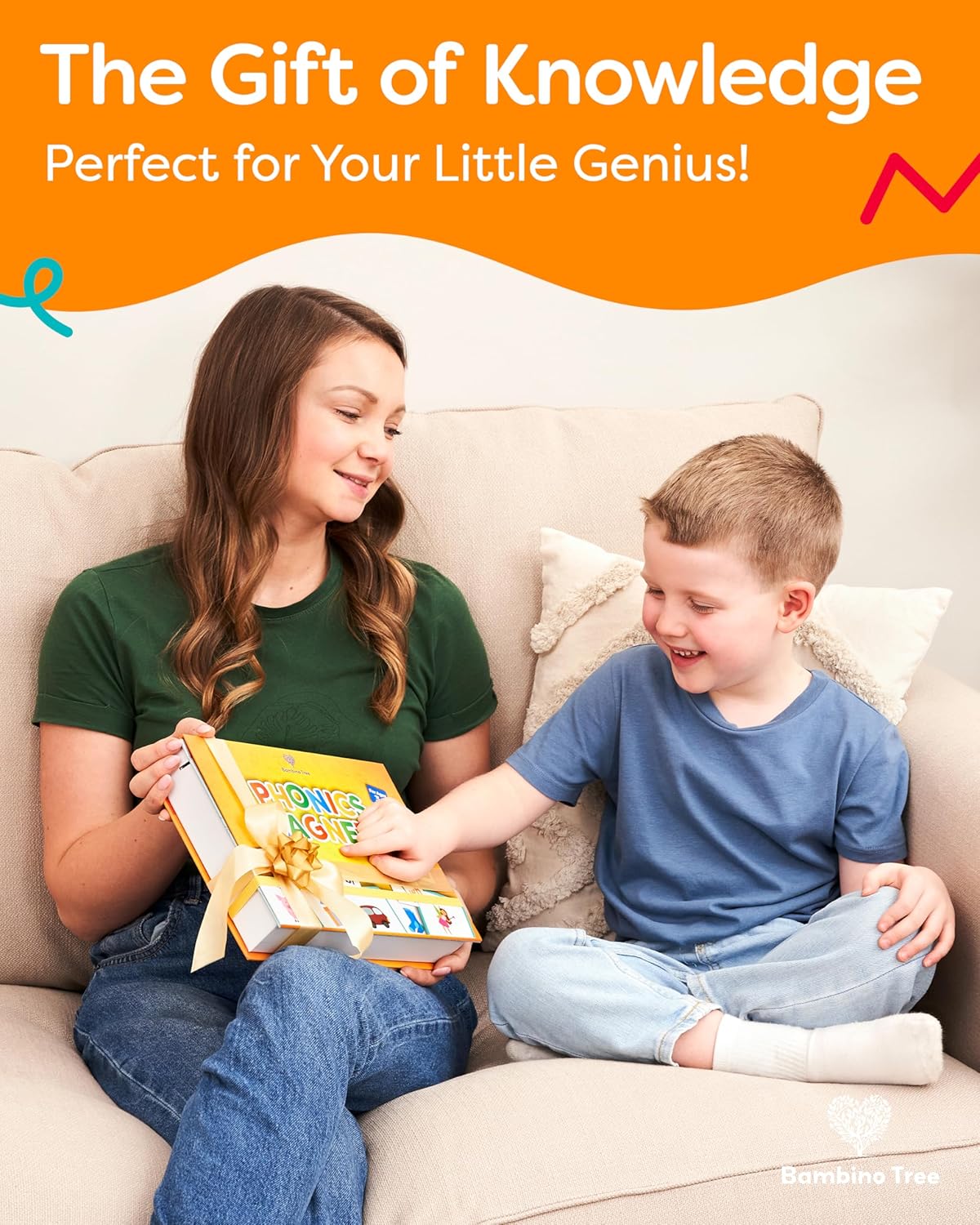
Bambino Tree Phonics Flash Cards

Understand sounds & progress speech

Teach word families & develop pronunciation

Supercharge Reading
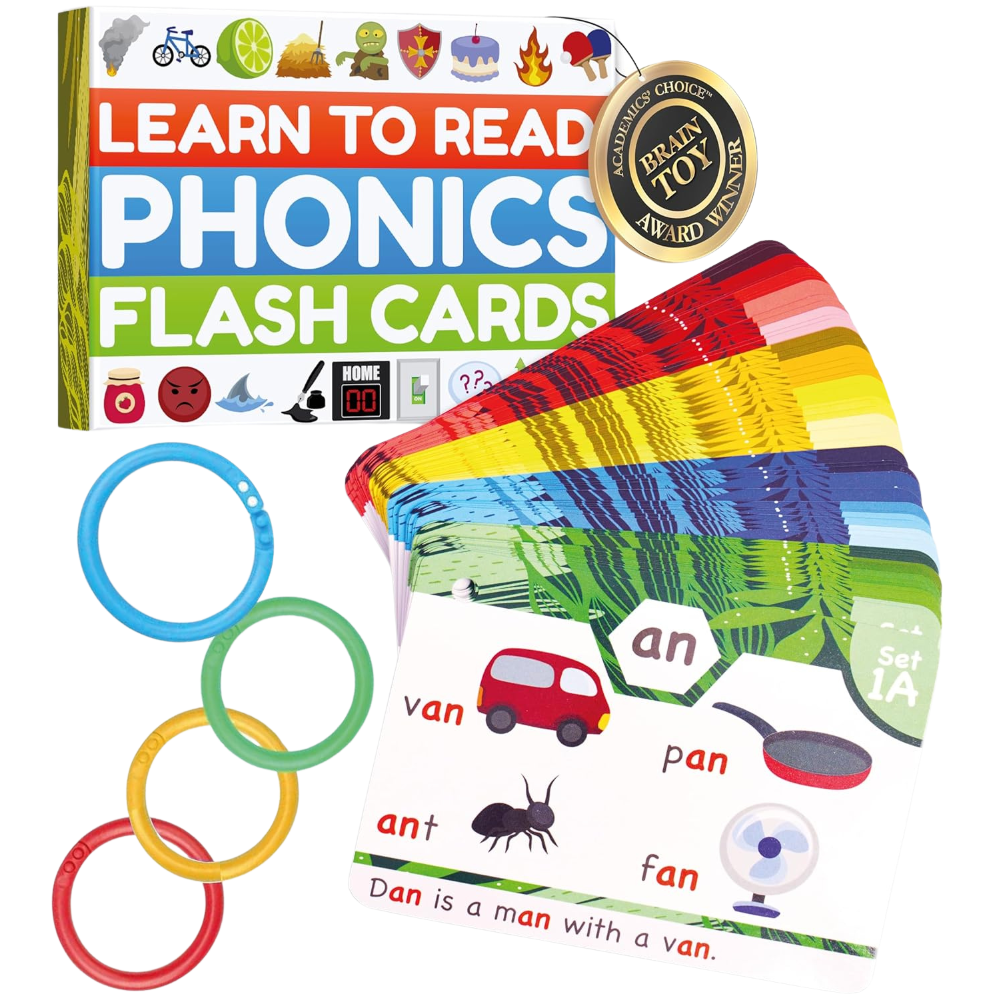

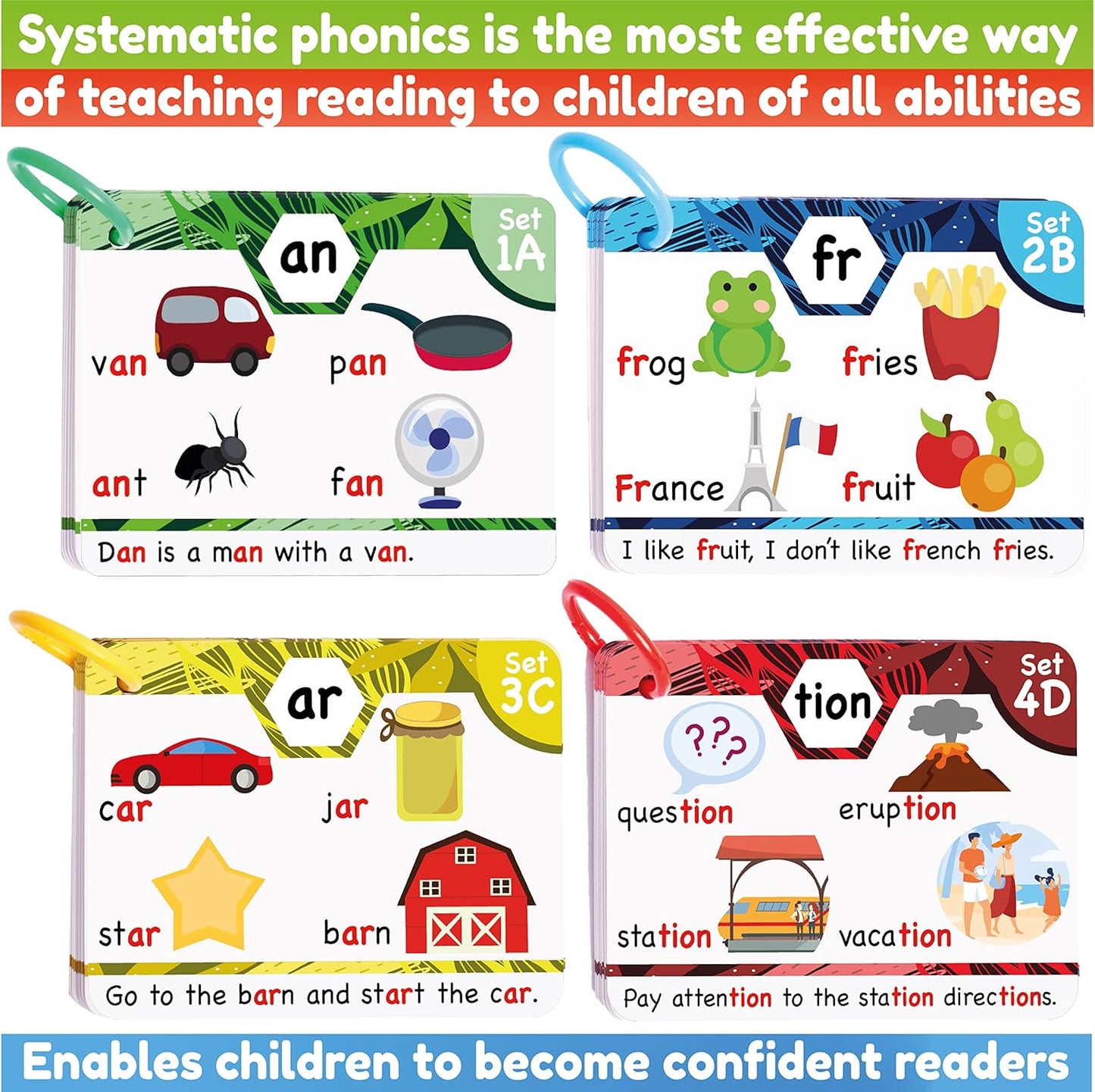
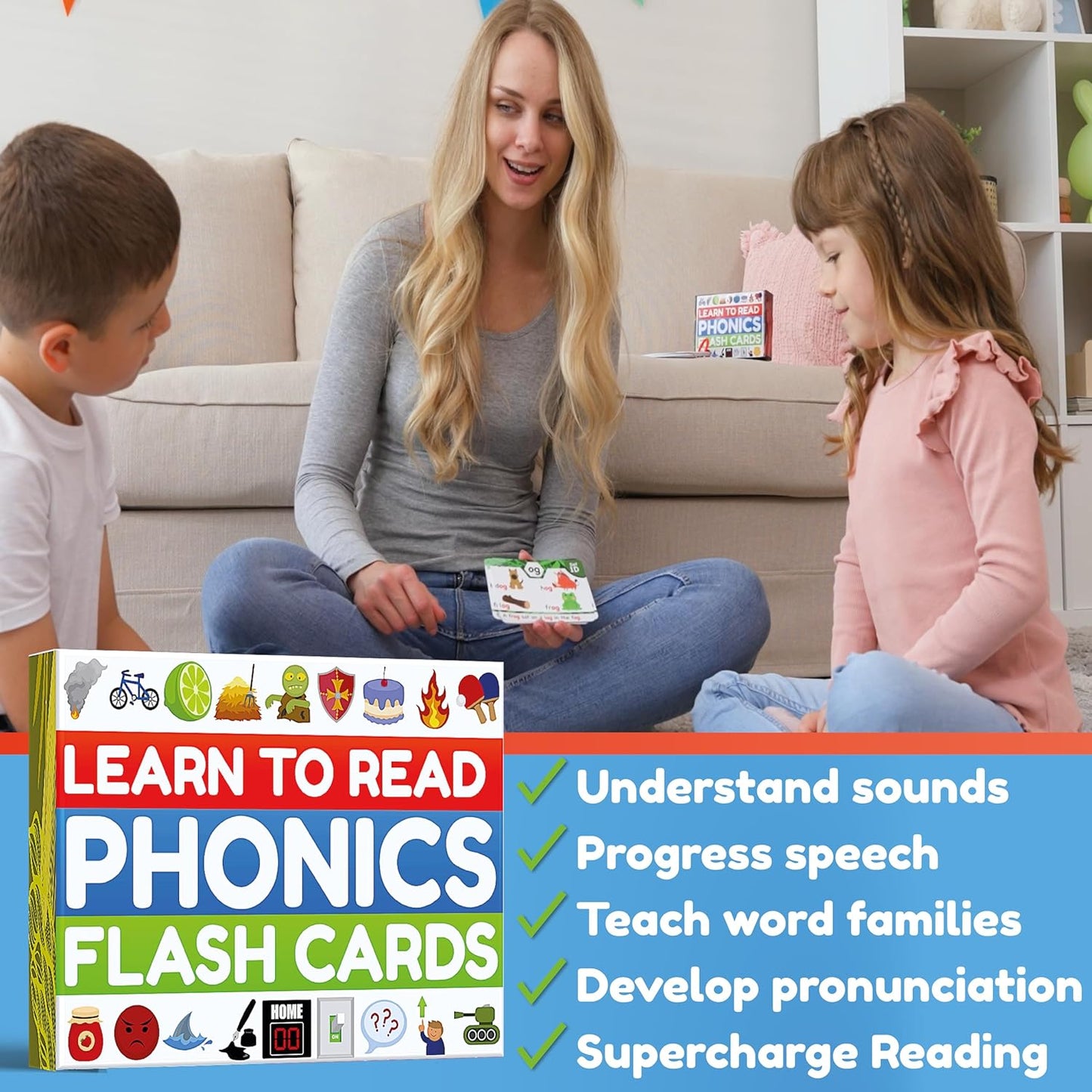
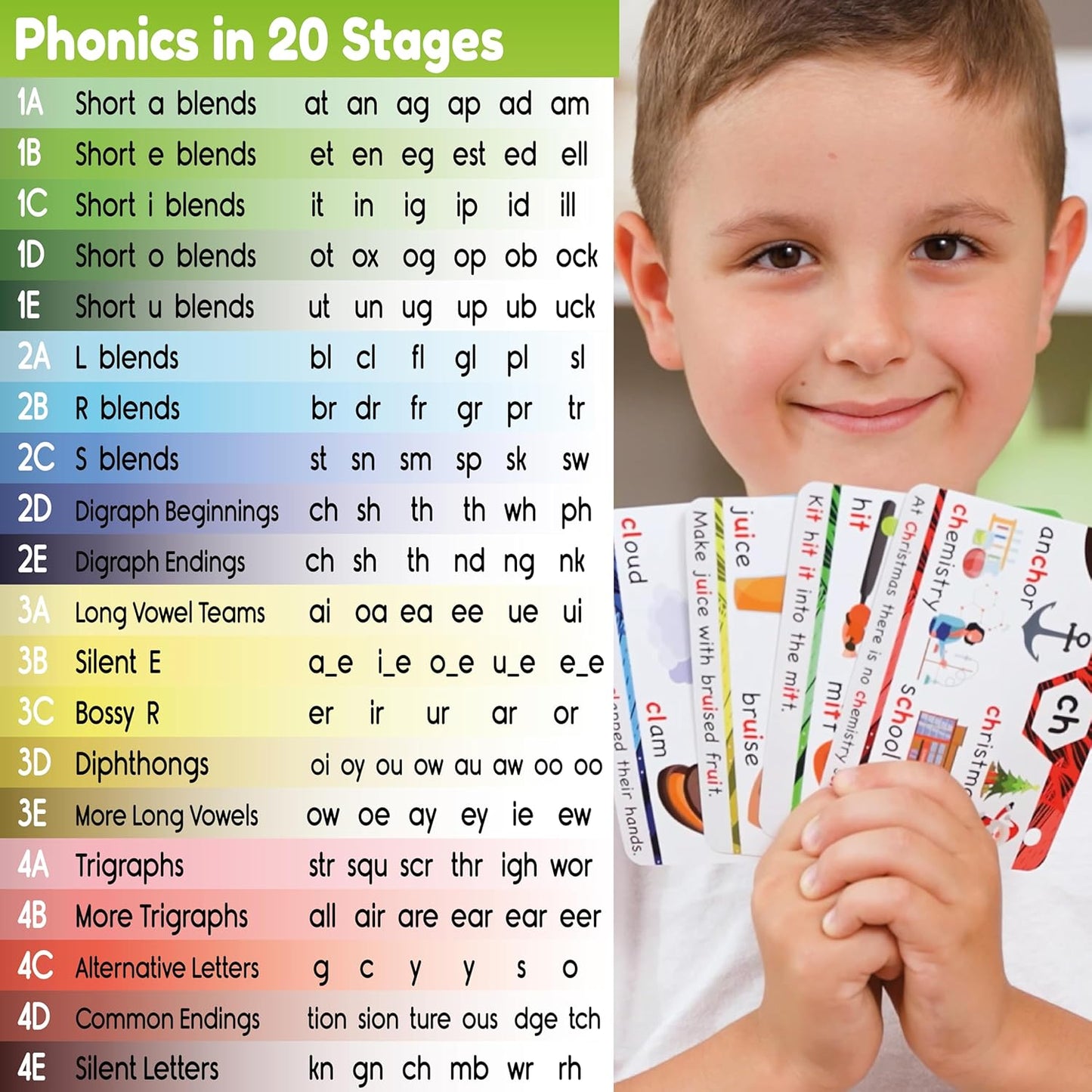
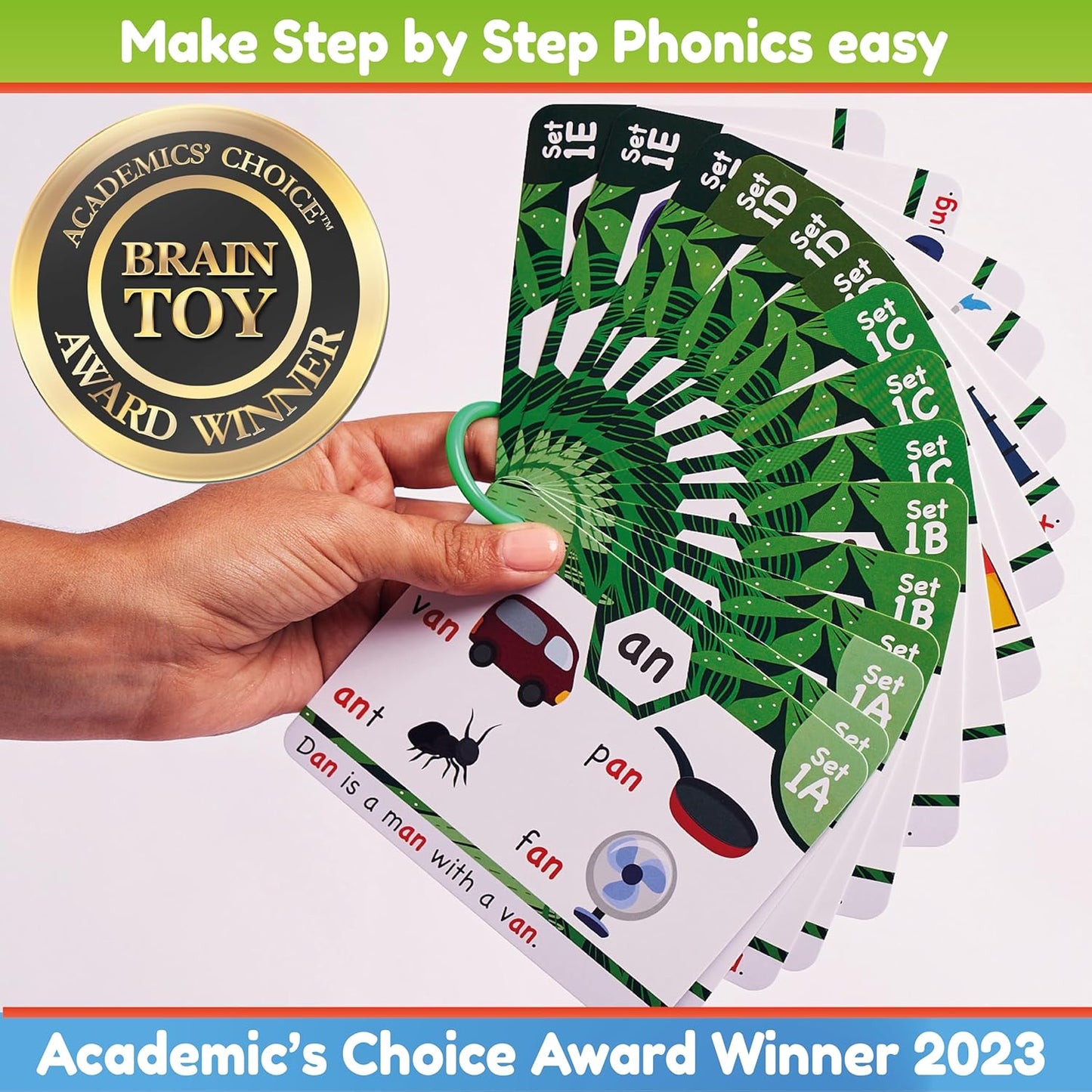

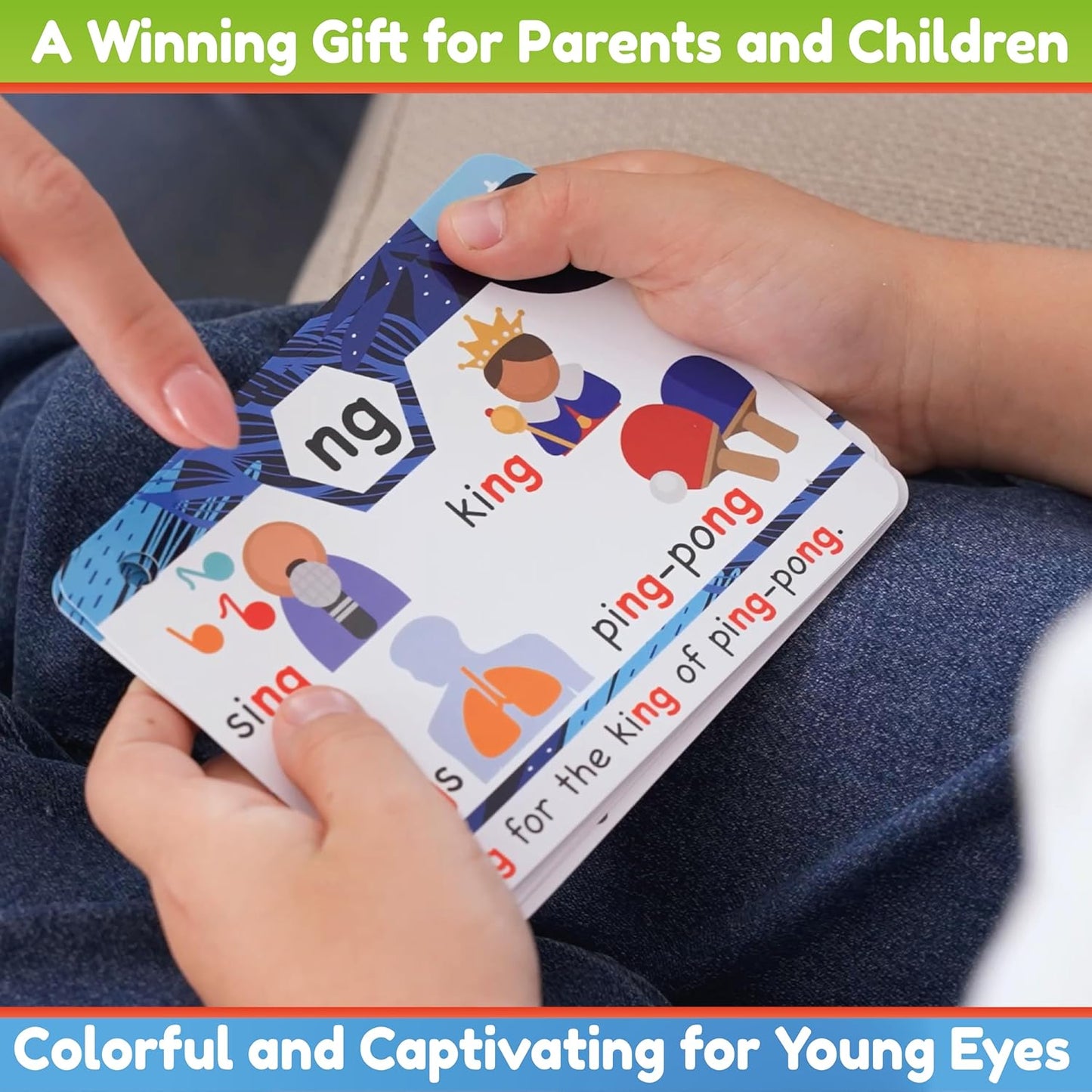

Bambino Tree Phonics Learning Pad

Engaging educational playtime

Audio-visual interaction

Advancing through levels
Learn letters, vowels and advanced phonics!
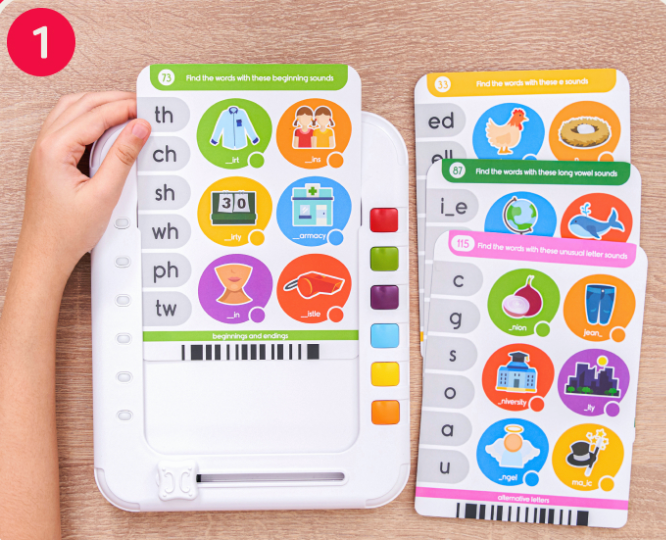
Insert a card
into the slot of the pad
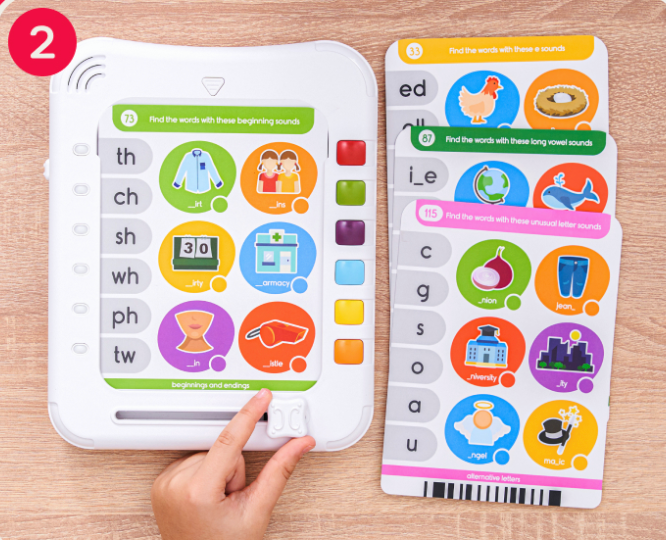
Slide the toggle
from one sideto the another

Listen for the
phonics sound and
tap the corresponding answer
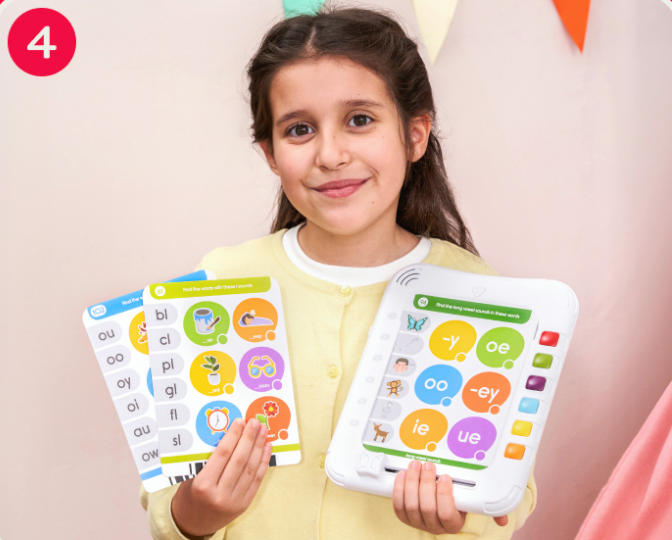
Play, learn, and advance
to the next level
- making
progress daily!



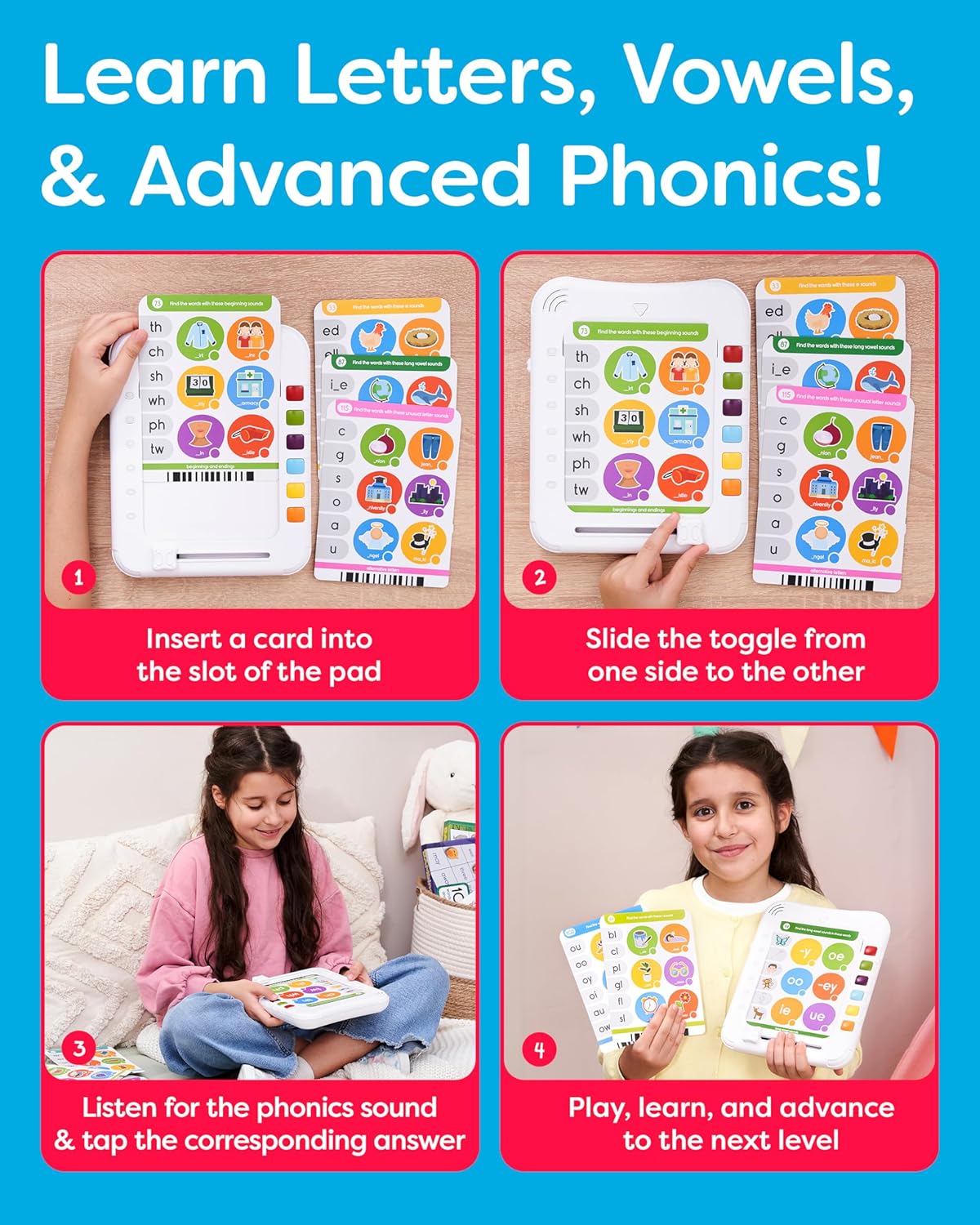
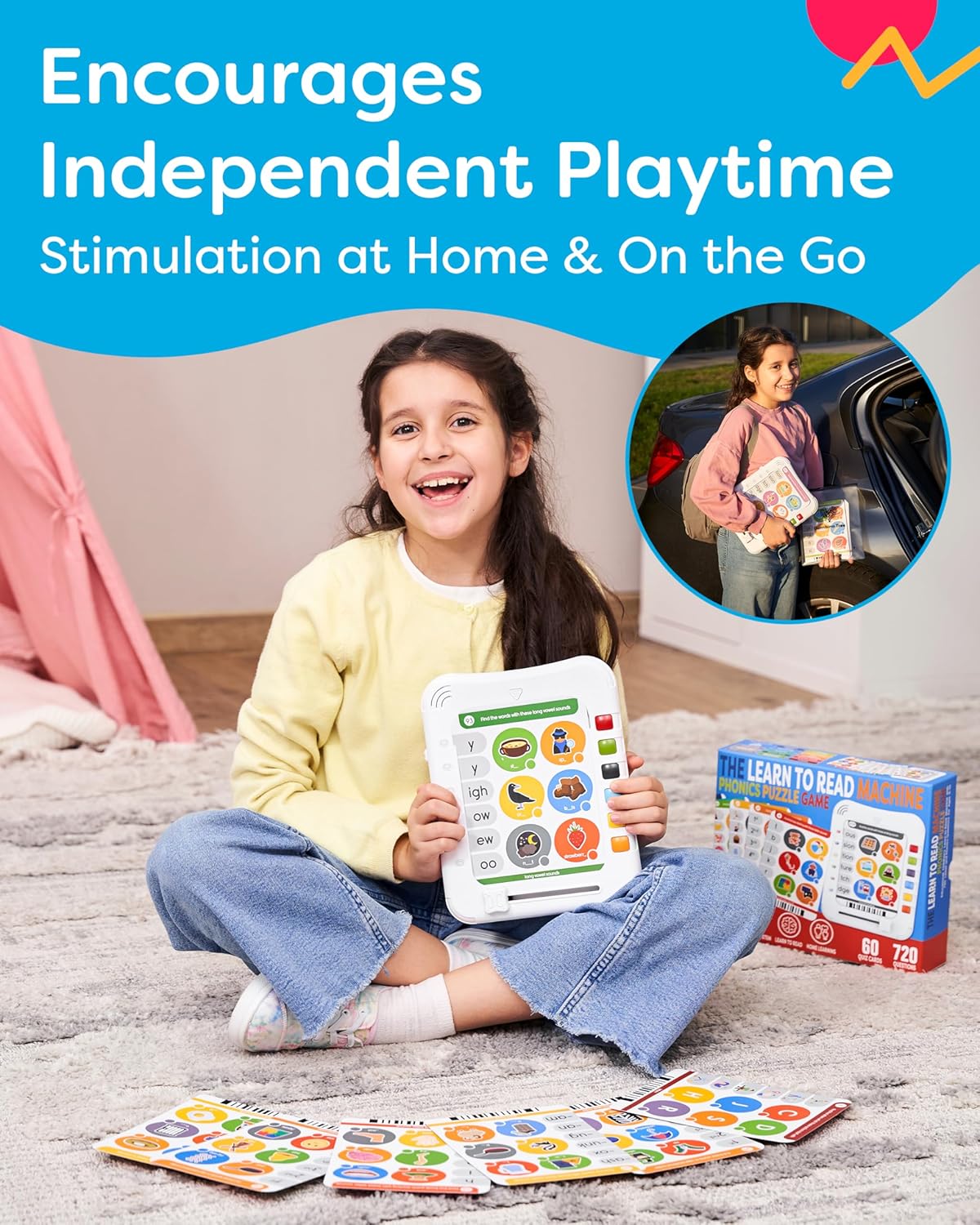
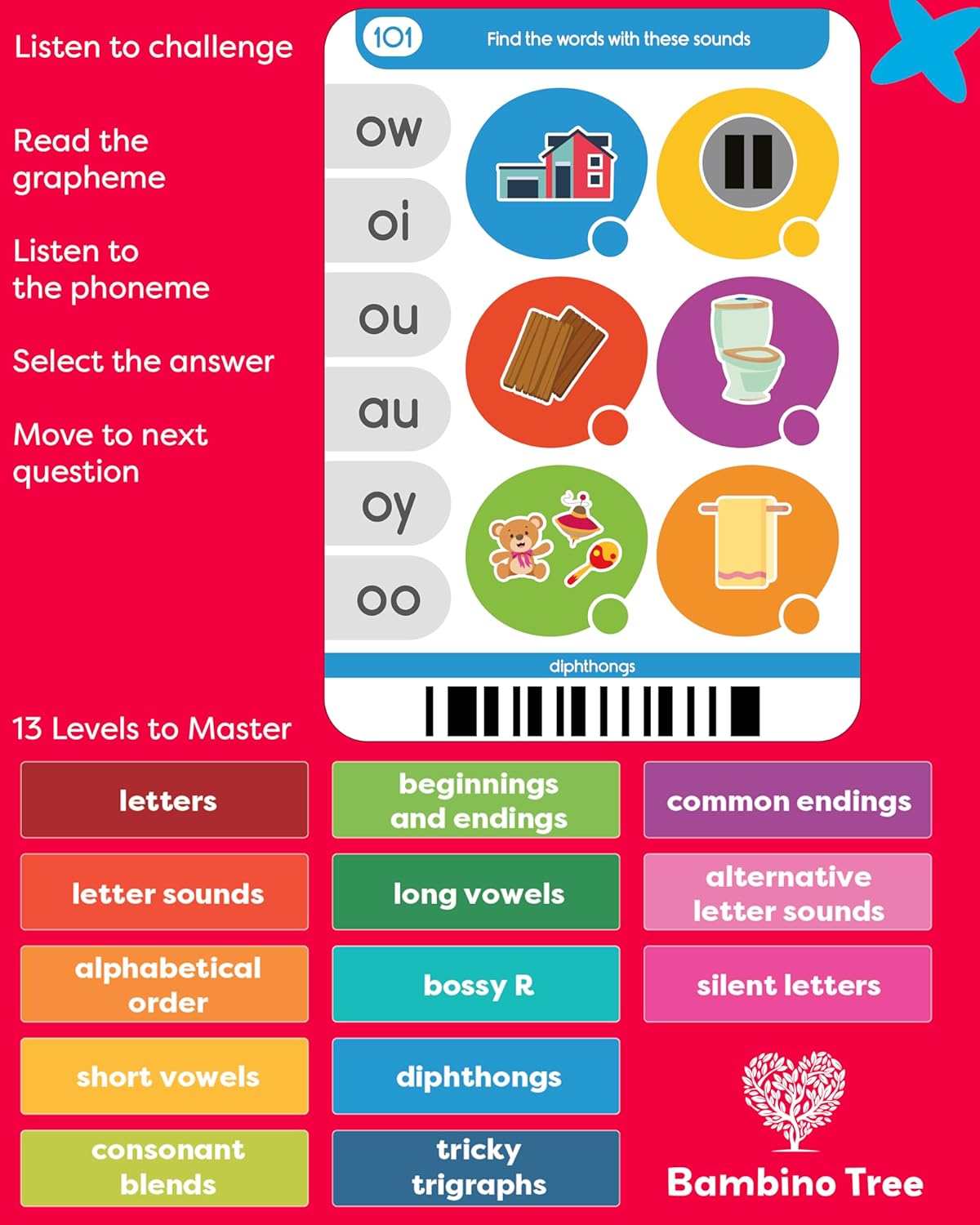
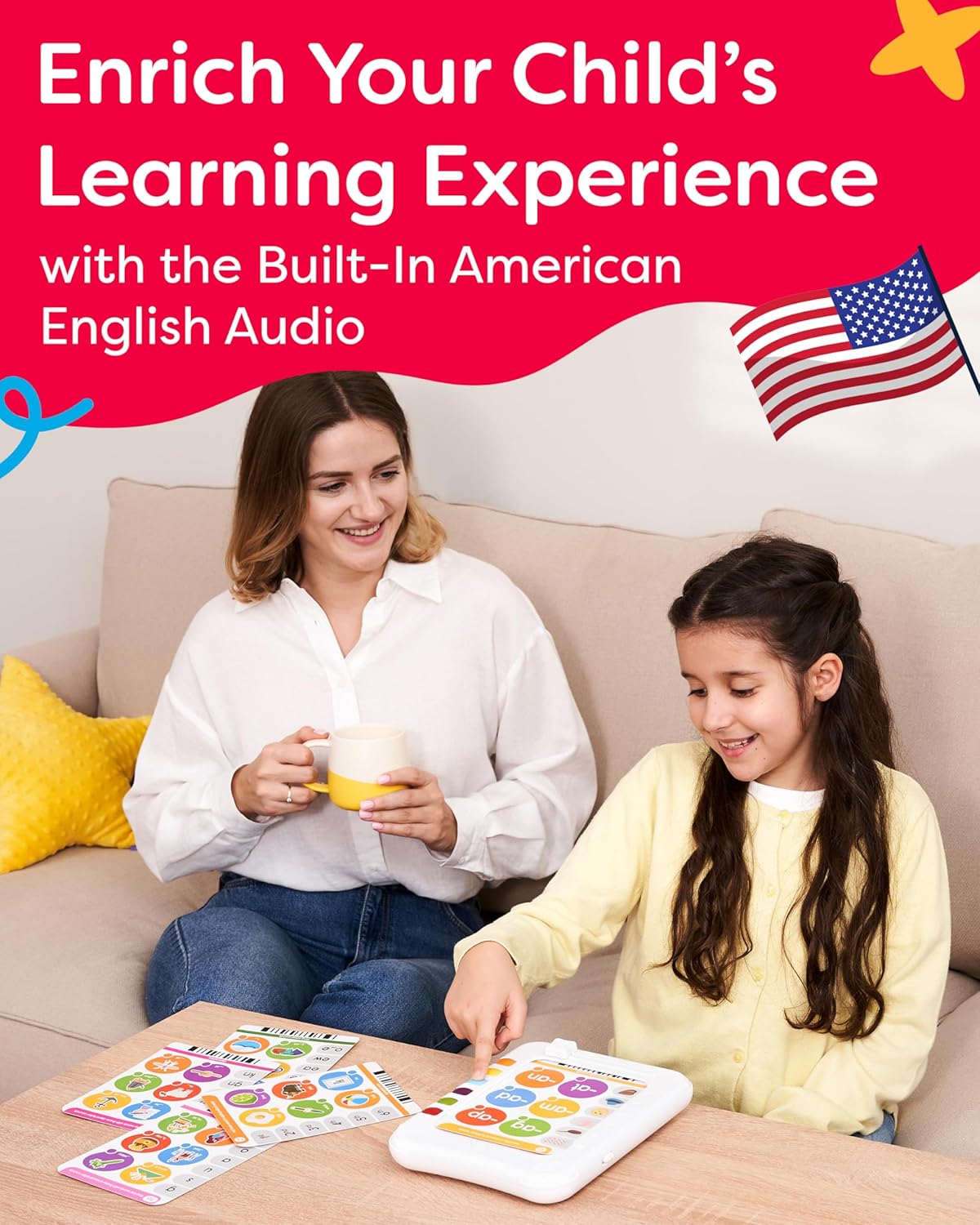

WOWELS Phonics & Vowels Game

Easy, educational game for school or home

160 cards, two games in one! Match vowel sounds and Match first letter sounds

Suitable for children aged 3 to 9
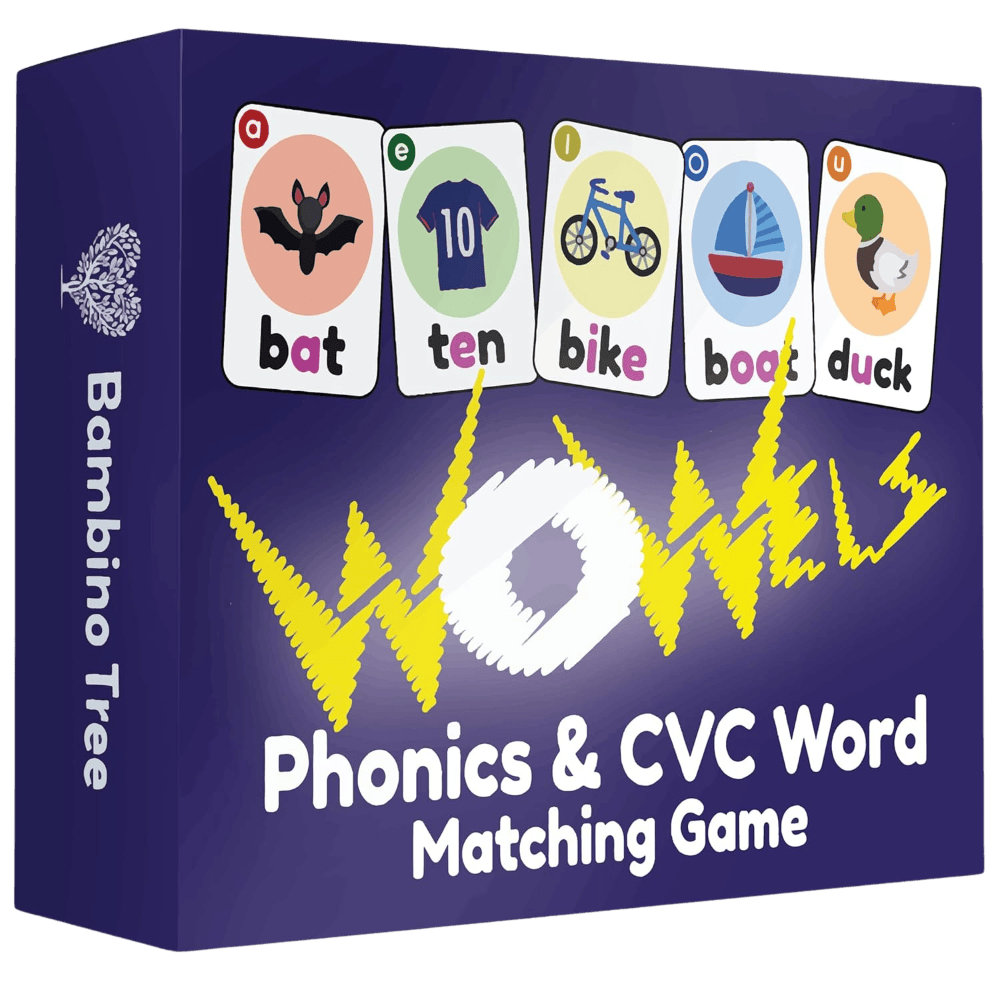

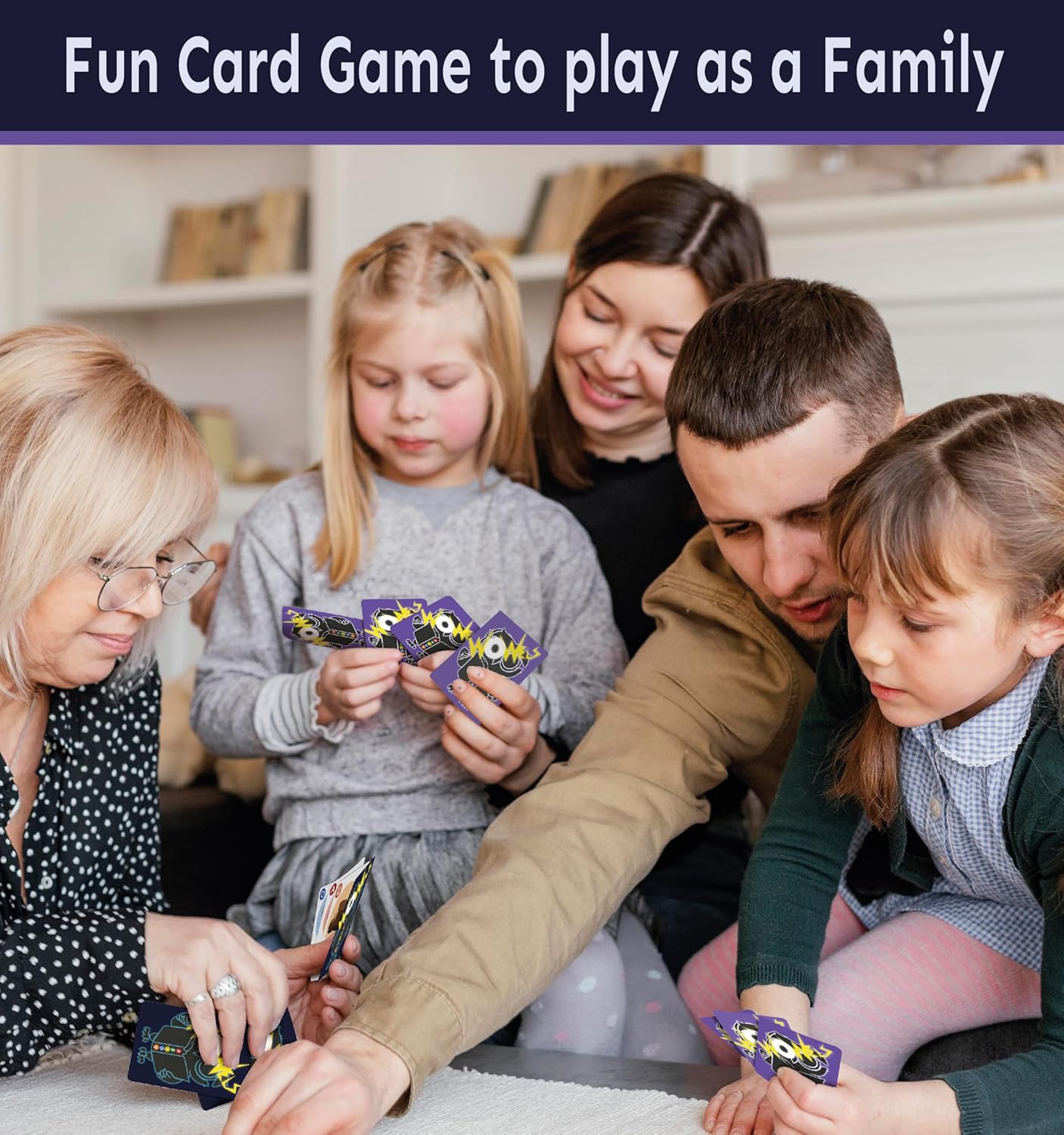

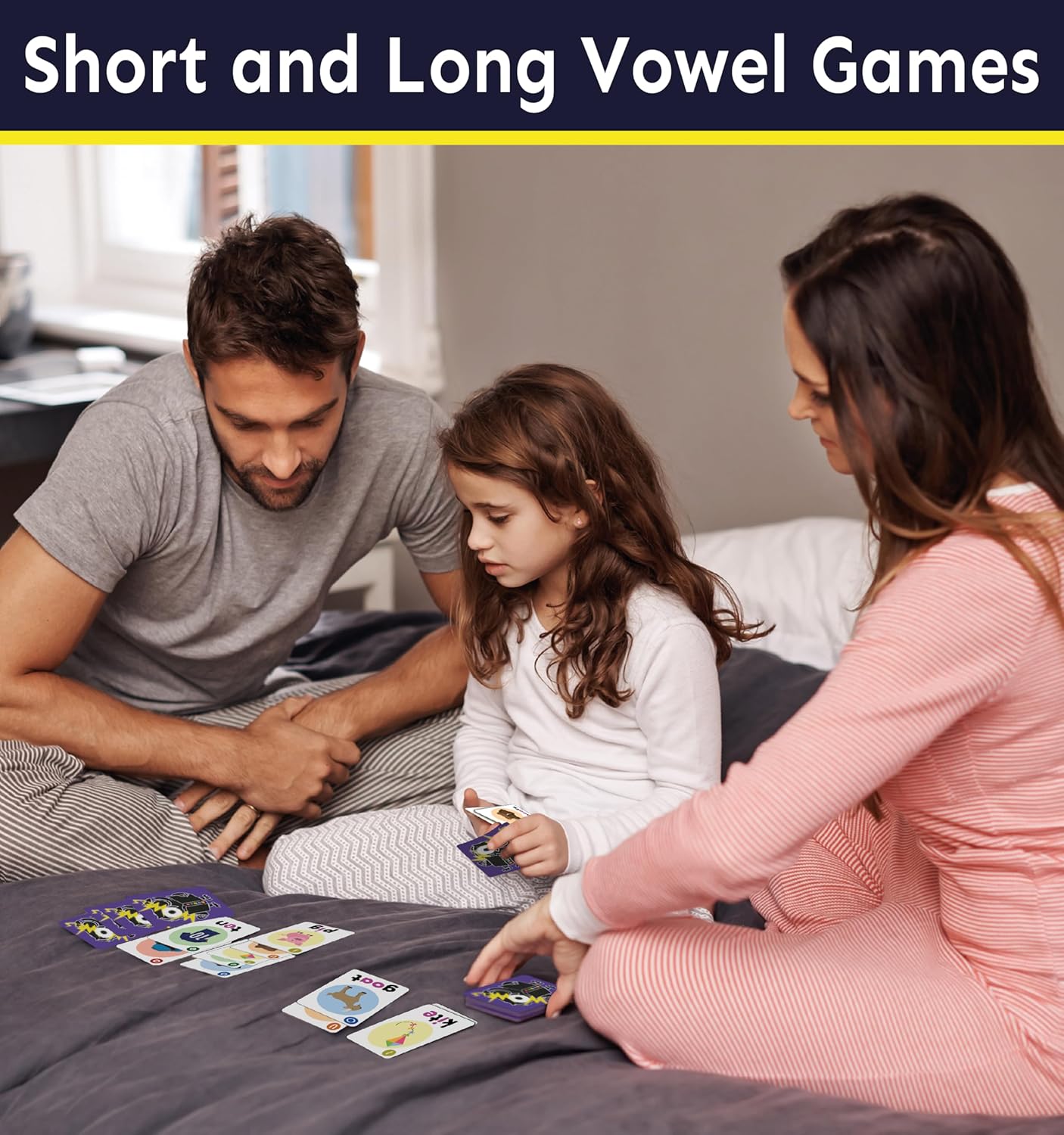

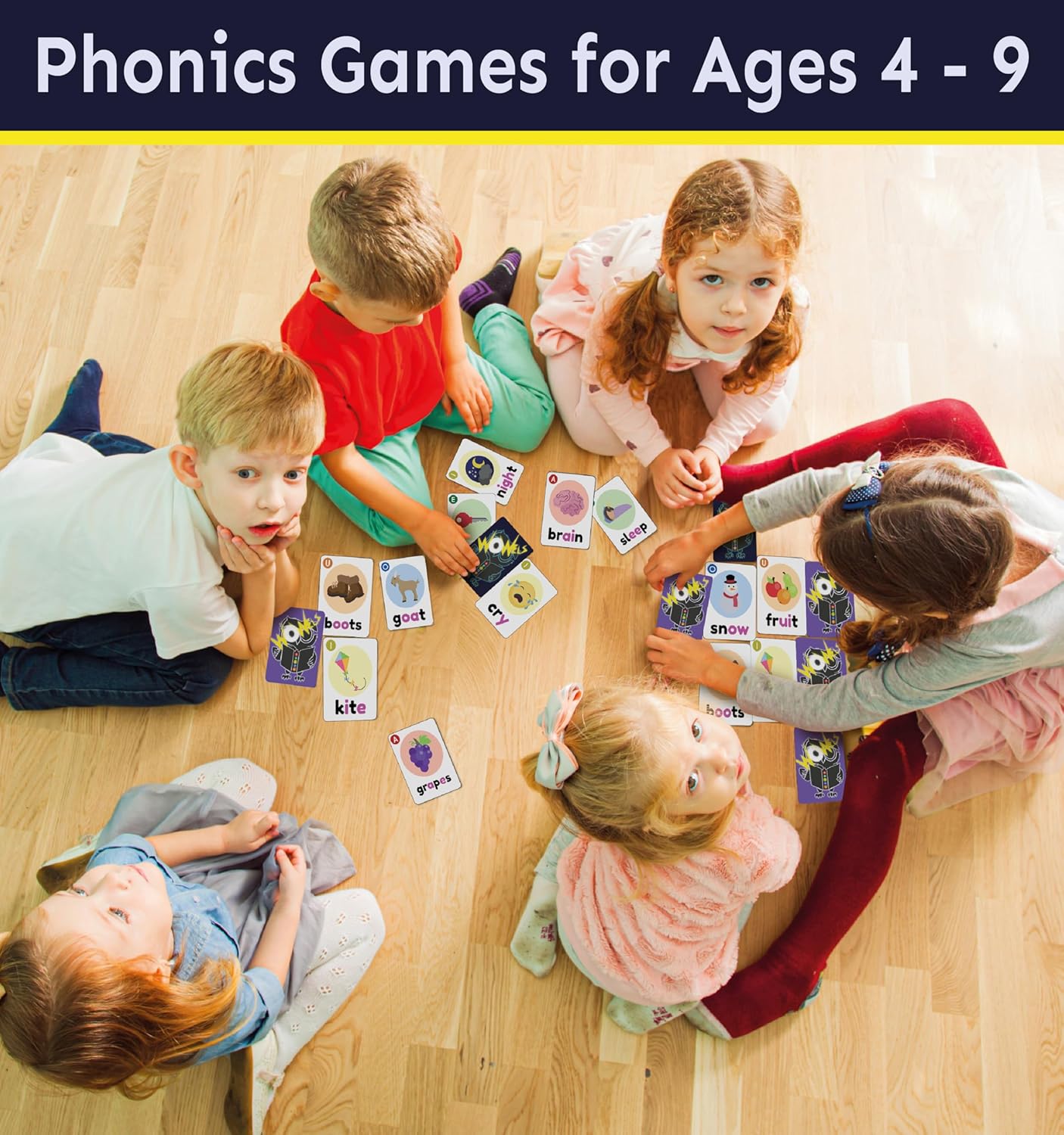
BAMBingo Alphabet & Phonics

Two bingo games in one – alphabet & phonics!

Includes 26 alphabet and 26 phonics game cards, with 192 matching words and images

Great for classroom learning and family fun!







Phonics Flash Cards - Digraphs, Blends, Vowels, Ages 4-8
Regular price
$17.99
Sale price
$17.99
Regular price
$19.99
Unit price
per
10% OFF
Phonics Learning Pad - Ages 5-11 - Vowels, Blends, Digraphs
Regular price
$34.99
Sale price
$34.99
Regular price
$39.99
Unit price
per
12% OFF
Alphabet & Phonics Magnets - CVC Builder & Picture Cards, Magnetic Board
Regular price
$25.99
Sale price
$25.99
Regular price
$29.99
Unit price
per
13% OFF
WOWELs Phonics & Vowel Sounds Game - Short & Long Vowels, K-2
Regular price
$15.99
Sale price
$15.99
Regular price
$19.99
Unit price
per
20% OFF
BAMBingo Alphabet & Phonics - Ages 3-6
Regular price
$19.99
Sale price
$19.99
Regular price
$23.99
Unit price
per
16% OFF

